It's been ages since I posted a blog in here! I just don't have enough time these days. However, I've decided to start posting some older blogs I had written and never published in here, so this is one of them.
I visited Milan a few years ago. I'm glad I wrote a blog about that trip a few days after my return, because shortly afterwards I accidentaly deleted my laptop's hard drive and all 2500 photos I had taken!! The ones you see in this blog are the only surviving ones.
Please note that a lot of the information I put on this travelog comes from the UNESCO World Heritage website, the book '1000 Places To Visit Before You Die' by Patricia Schultzthe, the Discovery Channel's publication ' Insight Guide to ...' and from comments and suggestions made by fellow travellers on www.virtualtourist.com. After all, I do like culture but I am not that knowledgeable on every subject.
But first, here is the history part:
Milan, or Milano, derives its name from the Celtic 'mild land' and the city's origins stretch back to the 4th century BC when the Celtic tribe of the Insubres conquered northern Italy. The Romans, who later conquered Milan, named the place Mediolanum because the city links the Italian peninsula with continental Europe.
Milan thus became an important military base. The division of the Roman Empire into two halves meant that Milan acquired the status of capital of the Western Roman Empire between 286 AD and 402 AD. It was the second largest city in Italy after Rome. Moreover, Emperor Constantine made the city the capital of Western Christendom in 313 AD.
As the Roman Empire weakened and declined, the Goths swept in from the Germanic lands and by the start of the 6th century the whole country was ruled by them and later on by the Lombards, another Germanic group, in 568 AD. Milan meanwhile was quietly growing prosperous, mainly through trade in textiles.
In the 13th century the Visconti family and its heirs became the supreme lords of Milan. The city prospered during the following century and the gothic architecture of the cathedral, the Duomo, became a symbol of the city's strength. The city's trading connections extended across Europe as far as London.
On the death of Filippo Maria Visconti in 1447, the Sforza family took over from the Viscontis after a long siege of the city. In 1480 Leonardo da Vinci was summoned from Florence to become the family's scientific advisor. The Tuscan architect Bramante also came to work in the city and designed Santa Maria delle Grazie, where Leonardo painted his fresco 'The Last Supper', one of his greatest masterpieces.
During the 15th century the city changed rulers 11 times, from the Venetians, Swiss and the French to the Spanish and Austrians. In 1796 Napoleon occupied Milan but after his defeat at Waterloo the Austrians took over the reigns once more. After the unification of Italy under Vittorio Emanuele II in 1870, Milan became the industrial, financial and business capital of the country.
Day 1
After all this history, I started my walk from Duomo Square (Piazza del Duomo), where the city's cathedral, the Duomo, is (as always, click on the photo to enlarge).
Piazza del Duomo in the morning
For everyone in Milan, the Duomo is not just a church but also a cherished symbol of the city. Work on the cathedral began in 1386 and has never really stopped since. In fact, the people of Milan refer to the Duomo as 'the factory', because the last of its five gigantic bronze doors was only finally completed in 1965.
The Duomo
If you include the highest pinnacle, the cathedral is 109m high, 157m long and 92m wide. It is the 3rd largest church in Christendom, after St Peter's in Rome and the Seville cathedral. It is, however, the world's largest gothic cathedral. It can house more than 25,000 people. Its 135 marble spires and 2,245 marble statues can really keep you busy looking for days.
Looking upwards from outside one of Duomo's entrances
Some of the statues on the outside facades
Inside the cathedral
The size of the cathedral can easily be seen here
One of the chapels
People praying in another one of the chappels inside the cathedral
One of the many massive tinted glass windows
Some of the sculptures inside
An elevator takes you partly up to the roof and you then have to walk the remaining stairs up to the top. However, you have the opportunity to stroll around up high. amongst a forest of pinnacles and study the amazing architecture up close.
What a view!!
Here you can see the highest pinnacle of the cathedral, with the golden statue of the Madonnina at the top.
Another statue in one of the many hidden corners on the way up to the roof
...and another one
Another view of some of the pinnacles
Great architecture
You can also see some interesting buildings from up top
And a fantastic clock from the building opposite the cathedral
More pinnacles
More statues
...and more
...and more...
And finally the roof!
...where you can even find statues hidden in corners!
You just don't know where to look next! So much detail to take in.
Duomo Square as seen from the top
After all this photo taking, the lift brought me back to the Duomo Square again. I have to admit that it is not the most attractive of squares, mainly because there are only a couple of places where you can sit and have something to eat or drink. However, I've been told that most Italian squares are like that, as they are mainly meeting places rather than places where you can sit and watch people go by.
The statue of Vittorio Emanuele II mounted on his horse in the middle of the square.
To the right as you exit the cathedral, is the entrance to Galleria Vittorio Emanuele II, my next destination.
The entrance to Galleria Vittorio Emanuele II
Galleria Vittorio Emanuele II is one of the finest and most exclusive shopping arcades in all Italy. Inside, you can find numerous super chic shops and fashionable restaurants.
Looking straight towards the entrance
We are now inside the arcade
Makes shopping a special experience
More great architecture
You can also enjoy an aperitif at the Camparino Zucca, a Milanese institution named after the Campari family, inventors of the Campari drink.
Camparino Zucca
Also, in the Galleria you will also find one of the most famous restaurants in Milan, Il Savini.
Il Savini
The southern exit of the Galleria connects the Duomo square with La Scala square, where the world's most famous opera house, La Scala, is located. In the middle of the square there is a statue of Leonardo da Vinci.
The statue of Leonardo da Vinci
The front entrance of the opera house
The opera house, Teatro alla Scala, was the world's first opera house and still remains the largest theatre in Europe, with seating for 2,000 people. Unfortunately the theatre is not open to tourists and its season according to my guide starts in December, so I could only take a few photos from the outside.
It has hosted the best of the opera world from its earliest days and the legendary Maria Callas (here's the Greek connection for you, lol) sang here more than anywhere else during her career.
It has hosted the best of the opera world from its earliest days and the legendary Maria Callas (here's the Greek connection for you, lol) sang here more than anywhere else during her career.
My walk continued along Via Manzoni ('via' means road) and along Via Romagnosi, a pretty little street with elegant buildings. At the end of that street, I reached Via Monte di Pieta and the home of Monte dei Pegni, a pawnbroker's shop patronised by every social class.
Via Manzoni
Via Romagnosi. Monte dei Pegni is the building at the far end of the street.
A lovely fountain at Via Romagnosi
But after all that walk, it was time for some rest and a much needed fluid intake. Then, a short walk along Via Manzinni for the second part of the first day's trip, around the city walls. And boy, what a distance I covered!!
After passing Missori Square (Piazza Missori) and the church of San Alessandro, followed Piazza Bertarelli and two small churches, Sant Eufemia and San Paolo Converso.
After passing Missori Square (Piazza Missori) and the church of San Alessandro, followed Piazza Bertarelli and two small churches, Sant Eufemia and San Paolo Converso.
San Alessandro
Sant Eufemia
San Paolo Converso
Then a left turn into Viale Beatrice D'Est ('viale' means avenue). The walk was a round trip around the outside walls of Milan and each avenue continued where the previous one ended. To be honest, much of this walk could have been avoided or done mostly by bus, however I wanted to see as much of Milan as possible. Furthermore, not much of the old walls has remained, apart from very few parts.
During the walk, I saw the top of the sanctuary of Santa Maria dei Miracoli
The houses/flats along Viale Beatrice D'Est, Viale A Fillippetti and Viale Reg Margherita were mainly pretty modern so there was not much to see.
There were quite a few exceptions, however, like the ones in the pictures below.
There were quite a few exceptions, however, like the ones in the pictures below.
When I reached the end of Margherita, Rotonda Di Via Besana appeared on the left hand side. From the outside it looked like a derelict building, and you had to follow it around its walls to find the entrance.
The outside walls of Rotonda di Via Besana
You then discover that these walls surround what is now some sort of public gardens with a church in the middle. This spot is not included in any tourist guide and if some more attention had been paid towards renovating the walls, it could be turned in a very beautiful spot indeed.
Inside Rotonda di Via Besana
Obviously not only people enjoyed the gardens
After Rotonda Di Via Besana my journey continued to Piazza Cinque Giornati and then along Viale Bianca Maria and that part seemed to be more upmarket. All flats had fantastic architecture but, above all, their inner courtyards were amazing!!!
Some of the entrances to the apartments are open and you can see some fantastic courtyards like this one
How's that for a courtyard?!
Finally, a sharp left and then a right took me to Corso Venezia, where the Giardini Pubblici (Public Gardens) were.
Corso Venezia
A street to the right of Corso Venezia
After such a long day walking, an hour or so sitting in the gardens under the shade seemed like a good idea.
One of the statues in the gardens
Walking around the gardens
A lovely lake
Hello ducks!
A nice spot to relax
Another part of the gardens
As the evening arrived, it was time to get back to Duomo square, where people watching took place for the rest of the day, over a few drinks. The opportunity came, therefore, to put another theory to the test.
It is said that the women in Milan have the most beautiful legs (especialy calfs) in Italy, or even in the rest of Europe. I decided, therefore, to check that out (it didn't take much to persuade me, of course). And I have to agree that on the evidence of the pictures below I have to agree!
It is said that the women in Milan have the most beautiful legs (especialy calfs) in Italy, or even in the rest of Europe. I decided, therefore, to check that out (it didn't take much to persuade me, of course). And I have to agree that on the evidence of the pictures below I have to agree!
These guys seem to agree too!
Holding the camera steady was not easy!
My personal favourite
...which deserved another look...
Look at those calves!
Well, the first day was over and already my feet were aching after all that walking around. And I still had 2 days to go!
Day 2
Day 2 arrived and after a quick shower and breakfast at the hotel, it was time to clock some mileage again. The start of today's walk began at Duomo square, as most walks did. Duomo square is like the centre of Milan, from where you can then move towards any direction to explore the city.
Another view of the Duomo cathedral
Once the square was reached, I headed south along Via Torino.
Via Torino
Then a right turn into Via Spadari, where a shop called Peck is. It is like a gourmet temple, full of superb aromas and tempting foods. The shop is split into many sections. For example, the antipasti section has delicious sauces, amazingly tasting smoked salmon, fresh lobster and all kinds of seafood. There are also cheese, meat and pasta sections.
The cheese section of Peck. Mmmmm....cheese!!
After all this food, back to Via Torino. A quick stop outside the church of San Satiro, built by Bramante in 1478, and then a little walk further down brought me to the church of San Sebastiano, one of the big surprises I discovered in Milan.
San Satiro
Outside San Sebastiano
Cardinal Borromeo ordered the construction of the church in thanksgiving for Milan's deliverance from the plague, and turned to Tibaldi to design it. From the outside, when you look at it from Via Torino, it looks very simple, unimpressive and quite boring to be honest. However, once you walk inside all this changes and you are surrounded by one of the prettiest churches I have seen.
Now, as most of you know, I am not a religious person at all. I do like walking into churches, however, as some of them are great gems from an architectural and historical point of view. And San Sebastiano certainly was, from its painted dome to the simplicity of its character. Unlike other churches with similar interiors, this one was not impressive on the outside, did not 'advertise' itself to the public trying to entice people to enter it. It left it to the faithful to take a step inside and admire its quietness and its wealth of statues and paintings.
After taking plenty of photos and admiring the dome, a quick stop to another church, San Alessandro.
San Alessandro
Some of the statues at the top of the church
A woman sits outside the entrance
The next stop was the 'Colonne Romane di S Lorenzo'. The Roman columns of the church of San Lorenzo represent a splendid period of the Roman and early Christian period of Milan. Once part of a pagan temple, the columns were erected in the 4th century in the form of a triumphal arch in front of San Lorenzo, at a time when Milan was still the capital of the Western Roman Empire and the emperor Constantine's edict, which granted Christians freedom of worship, had only just been passed.
The Roman columns
San Lorenzo
In front of San Lorenzo, which is Milan's oldest basilica, stands the statue of Constantine, whose conversion to Christianity in 312 AD led to the rise of Christianity as a world religion.
The statue of Constantine
The basilica itself is very basic inside, as the pictures below show.
The Roman columns as seen from the entrance of the basilica
Leaving the basilica, I took a quick look at Porta Ticinese, one of Milan's two surviving medieval gates.
Porta Ticinese
Instead of passing through the gates, however, I turned left and walked into Parco della Basiliche, a very simple and quite unimpressive park. It led, however, to the Basilica di Sant' Eustorgio, a basilica which according to my guide kept the reliquaries of the three Magi. Unfortunately, the place was closed and I did not get to see them.
Parco della Basiliche
Basilica di Sant' Eustorgio
It was almost noon, so a U turn and back to the Duomo square for a quick snack was needed. After all, the next walk would also start from there.
Once the reservoir was full, it was time to turn into Piazza Merchanti, former heart of the city council. To the right, the building of Palazzo delle Ragione, built in 1233, in which the city council used to hold meetings until 1770.
Piazza Merchanti
Palazzo delle Ragione
Another view of the Palazzo delle Ragione
The Palazzo in more detail
Leaving the square through Via Merchanti I immediately arrived at Piazza Cordusio, a centre of business and a major traffic junction. In this square there are banks everywhere, the stock exchange is not far away and trams/buses/taxis seem to all stop here.
One of the banks at Piazza Cordusio
And another one
If you let your eye travel up straight Via Dante you can't miss the Castello Sforzesco (Sforzesco castle) at the other end.
Via Dante (you can see the castle at the end of it)
A better view of the castle
Before following Via Dante though, I made a quick stop to one of the many gelateria's around the city, to enjoy some amazing ice cream.
On the way to reach the Castello Sforzesco via Via Dante, you first reach a big statue of Garibaldi, which unfortunately was covered due to restorations taking place. Once you cross the busy Foro Buonaparte, so named because Napoleon was crowned King of Italy in 1805, you reach the castle and the fountain in front of it, where loads of people sit and cool down from the exhaustive heat.
The fountain in front of the castle
It was a very hot day
The castle is the most important Renaissance structure in Milan. It was the base from which the Visconti and Sforza dynasties ruled the city. The massive walls are 4m thick, 31m high and 200m long. Complete with its moats and drawbridges, situated right in the middle of the city, it was impregnable and formed the power base for the two dictatorial regimes.
The castle is entered via the tower known as Torre Filarete, a copy of the 15th century original.
Torre Filarete
One of the castle towers
Once you cross the inner courtyard, there are many museums located inside the castle.
Inside the castle
On the other side of the castle, its other gate, the Porta del Barco, gives access to Parco Sempione (Sempione park). 103 acres of parkland, in which the Arco della Pace (The Arch of Peace) was built in honour of Napoleon. Again, the arch was covered due to restoration so I didn't get to see it.
The park itself is full of people enjoying a quiet time under the shade of the trees, and so I decided to do the same, spending my siesta time enjoying the shade and well hidden from the scorching sun.
It was great sitting under a tree and having such a view of the castle
The remainder of the day was spent leisurely and the return to the hotel was at quite an early time, due to the hectic schedule for Day 3. However, who said I didn't enjoy my evening at the hotel. There was an Italian game show on TV and, although I could not make a lot of what it was said, the 'picture' was fantastic, as you can judge for yourself from the photos below. I just love Italian shows!!!
Beats Who Wants To Be A Millionaire anytime!!!
Day 3
Day 3, and the last one in Milan, arrived. I was very happy with what I had managed to see so far, although there was one thing I had to see and could not.
When I visit a place I try to see attractions that are either part of the UNESCO World Heritage List or have been listed in the book "1000 Places To Visit Before You Die". Before visiting Milan, therefore, I knew that there were 3 places that I had to see. The Duomo cathedral, which I saw in detail on day 1 was one of them. The La Scala opera house was another, however as it was closed until December I only got to see it from the outside.
The third attraction (which is in the UNESCO list) was one of Leonardo da Vinci's most famous paintings, the Last Supper, at the church of Santa Maria delle Grazie. As some of you may remember, this painting featured a major part in Dan Brown's book "The Da Vinci Code".
Unfortunately, due to the fact that the painting has to be carefully preserved, it can only be seen by groups of 5 people at any given time. This means that entry bookings well in advance are advisable and, to make things worse, when I called from the UK prior to my trip to make a reservation I was informed that there were no tickets available for the period of my stay. Well, I will just have to visit Milan for a second time!
The day started once again at Duomo square, then following Via Torino and then Via Spadari. Being a Sunday, plenty of Italians were out in the streets just having a chat and catching up on the weekly news and gossip.
A nice building at Via Torino
Catching up with the gossip, although the dog would prefer a walk
My first stop was Pinacoteca Ambrosiana, which contained a fine collection of works by artists including Botticelli, Caravaggio, Jan Brueghel the Elder, Raphael, Tintoretto and Titian. The Pinacoteca did not allow cameras, so the following pictures have been copied from its website and they are some of my favourite paintings that I saw during my visit.
"Madonna of the Pavilion" by Botticelli
"Seascape" by Bril
"Allegory of Fire" by Brueghel
"Expulsion from Eden" by Brueghel
"Basket of Fruit" by Caravaggio
"Moses and the Brazen Serpent" by Ligari
"Shut Out of School" by Longoni (my personal favourite)
A preliminary cartoon of Raphael's "School of Athens"
"Adoration of the Magi" by Titian
Leaving Ambrosiana, I walked along Via Cardinal Federico and arrived at a very small square, Piazza San Sepolcro. This square was the site of a former Roman forum. There is a church, named San Sepolcro, which was consecrated on the occasion of the First Crusade. I wanted to visit that church because one of its crypts contains a sarcophagus with reliquaries from the Holy Land dating back to the middle ages. Unfortunately, the church was closed.
San Sepolcro
You can still find the old Milan in this area, with its narrow streets, craft workshops and elegant patrician houses, most of them nicely restored. This area is quite off the beaten track but still very close to Duomo square, so it is still one of the most expensive parts of the city.
A lovely hotel in the area
Forget the map. Just walk around!
In some of the streets, there were open markets set up, selling old and antique stuff, from paintings and books to music and opera scores and other memorabilia.
Walking for a bit around this area I reached Via S Valeria. On the left is the entrance to the Catholic University (Universita Cattolica), one of the best in Italy. The university, one of five in Milan, and housed inside a former monastery, was founded in 1921.
The entrance to the university
On the other side of the entrance is the church of Sant' Ambrogio, one of the finest Romanesque churches in all Lombardy. It was in this building, far more than in the Duomo, that the Milanese are made most aware of their history. The church was founded back in the 4th century, when St Ambrose, who became the patron saint of Milan, arrived here from Trier in order to take up the post of governor.
Walking towards the entrance to St Ambrose
San Ambrose
It was Ambrose who invented the style of church singing known as Ambrosian chant. Obviously there was much history to be seen inside this church, but yet again (yes, you've guessed) it was closed.
It was time for lunch and so, on my way back to Duomo square, I quickly stopped outside the church of Santa Maria delle Grazie. It is inside its refectory (called Il Cenacolo) that the Last Supper can be seen.
Santa Maria delle Grazie
After lunch, there was one more place left that I wanted to visit. It may sound strange to you, but that place is a cemetery! Yes, the Cimitero Monumentale.
It is a very large cemetery located on the square given its name, Piazzale del Cimitero Monumentale. Near the heart of Milan, the cemetery was designed by the architect Carlo Maciachini (1818-1899). It opened in 1866 and since then has been filled with a wide range of both contemporary and classical Italian sculptures as well as Greek temples, elaborate obelisks, and other original works such as a scaled-down version of Trajan's Column.
The main entrance is through the large Famedio (Temple of Fame), a massive Neo-Medieval style building of marble and stone that serves as the tomb for some of the country's most honoured citizens including Alessandro Manzoni. In the Palanti Chapel is a monument commemorating the 800 Milanese citizens who were executed in Nazi concentration camps. The cemetery has a special section for non-members of the Roman Catholic faith.
The entrance to the cemetary
I spent a few hours in this massive cemetery. I think it's best to let the pictures speak for themselves.
Well, my trip to Milan was coming to an end, so I chilled out for the rest of the day as I had a plane to catch early next morning.

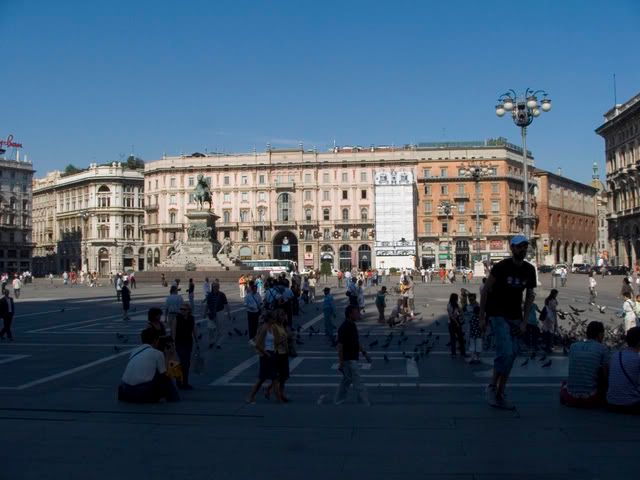
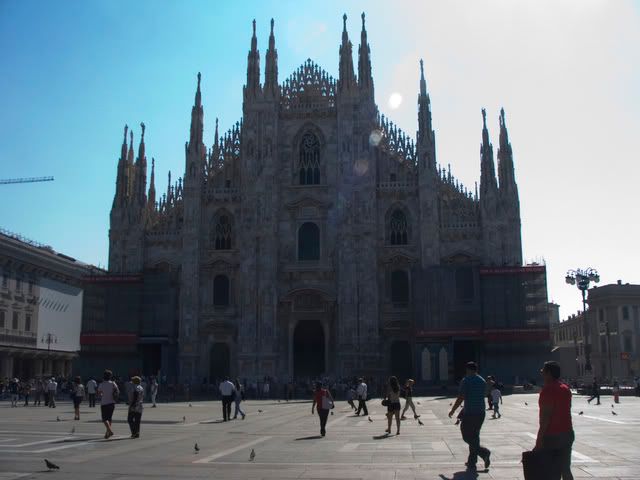

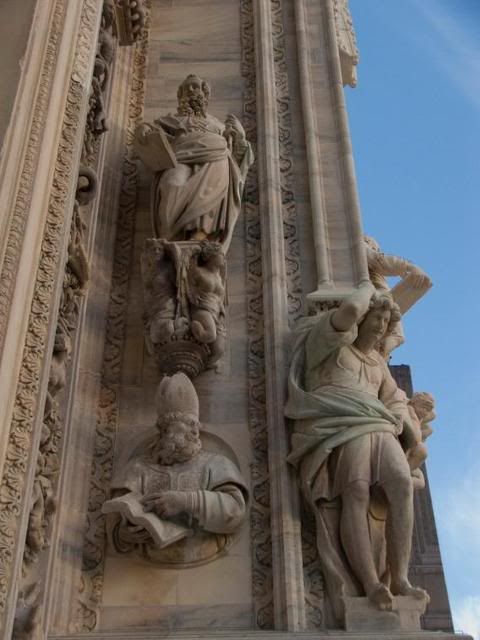
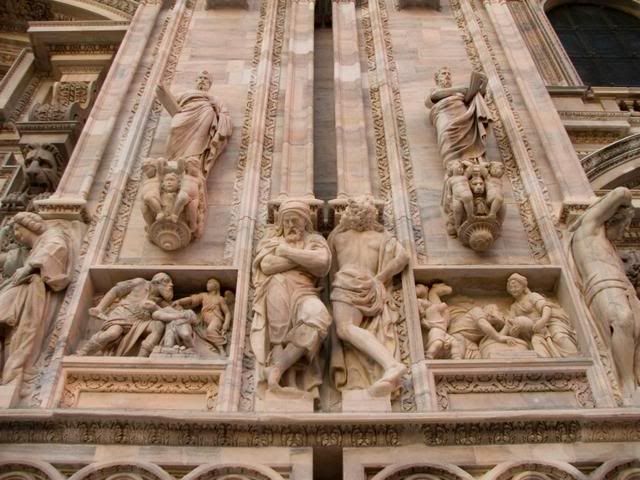

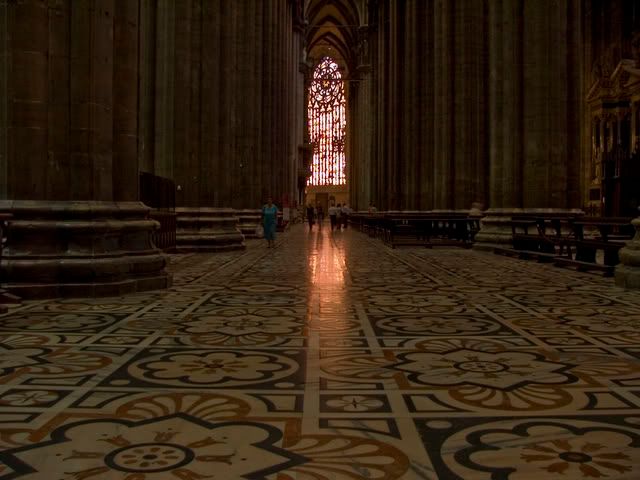


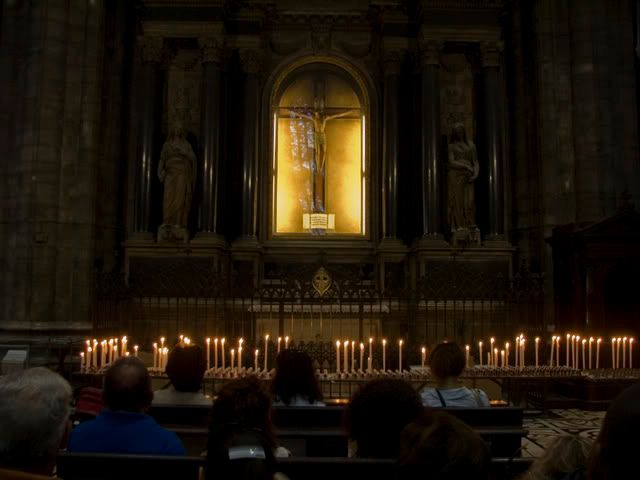

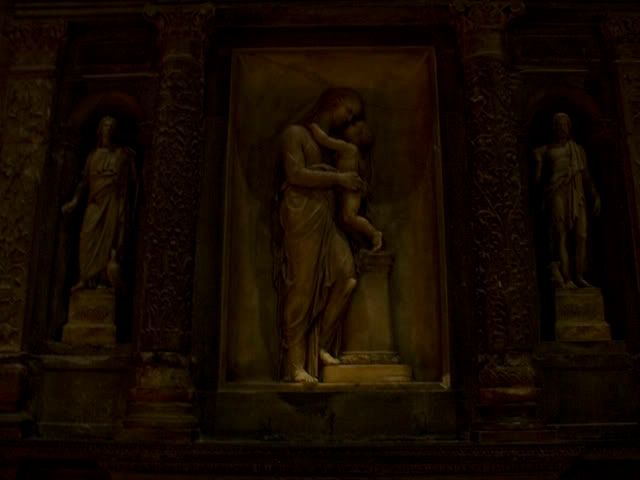
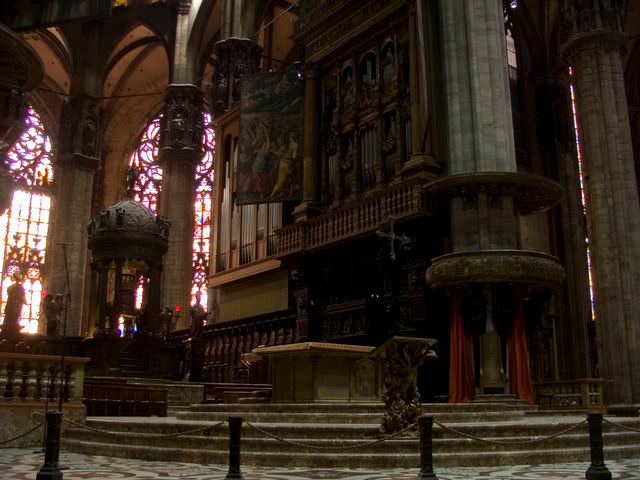

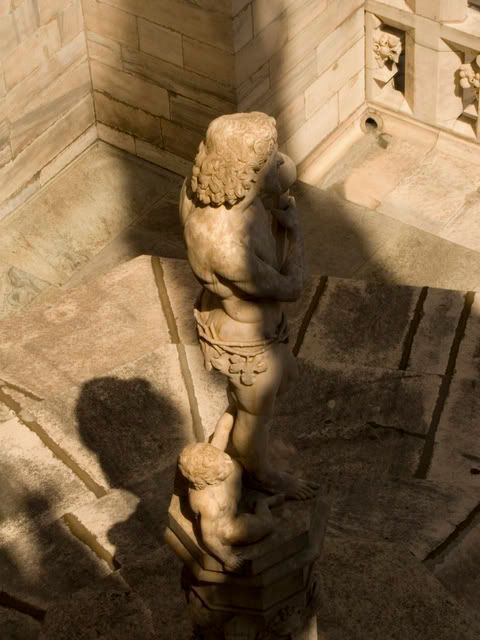
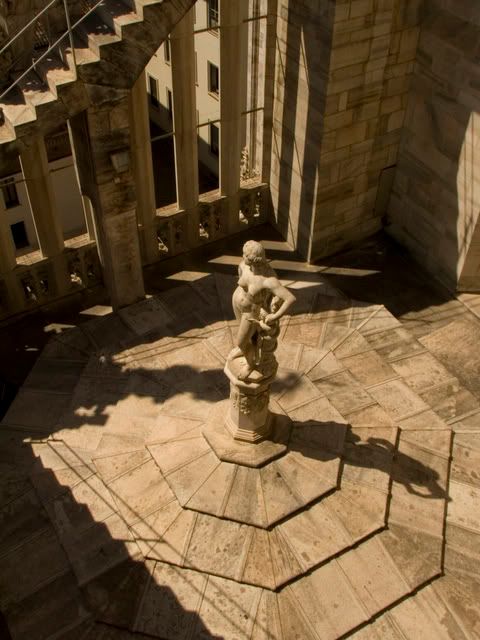
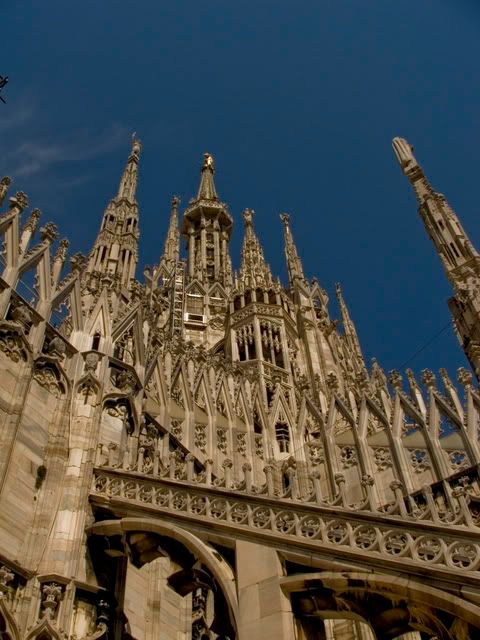
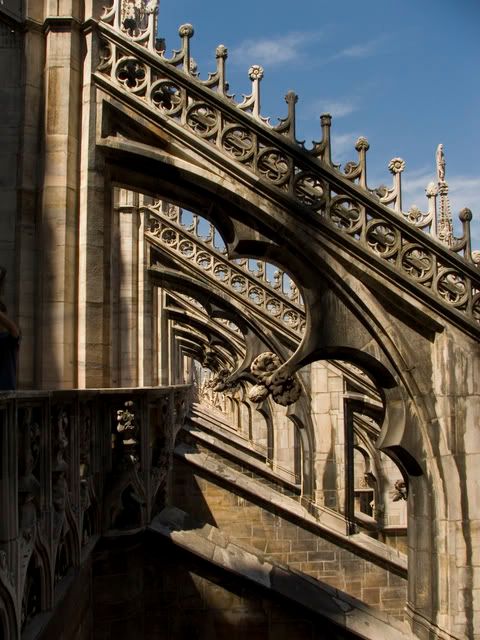
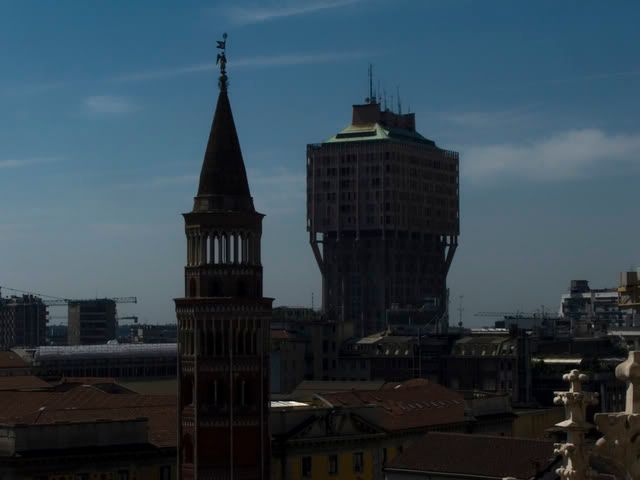

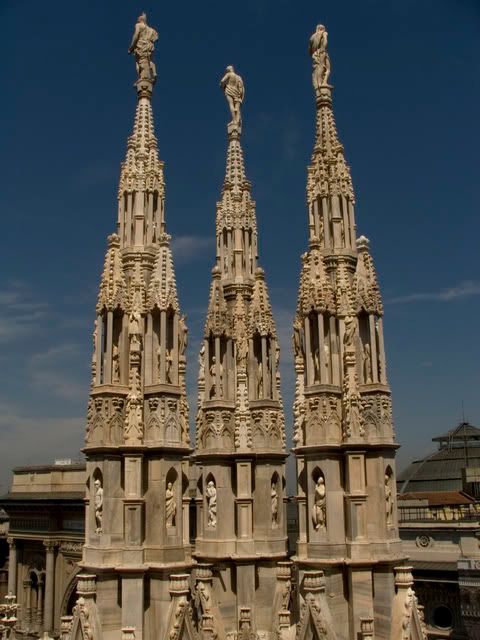
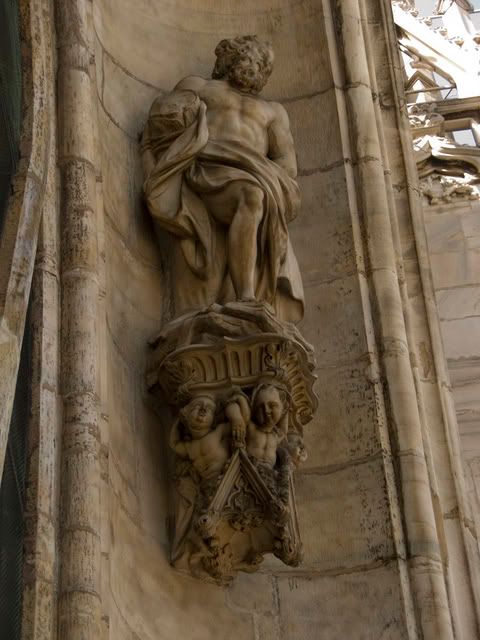

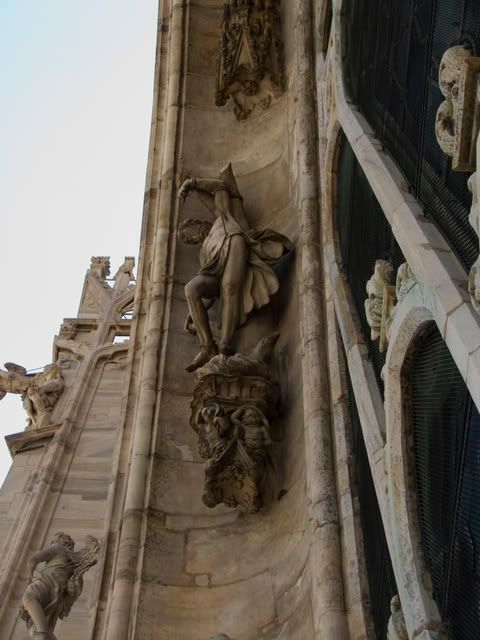

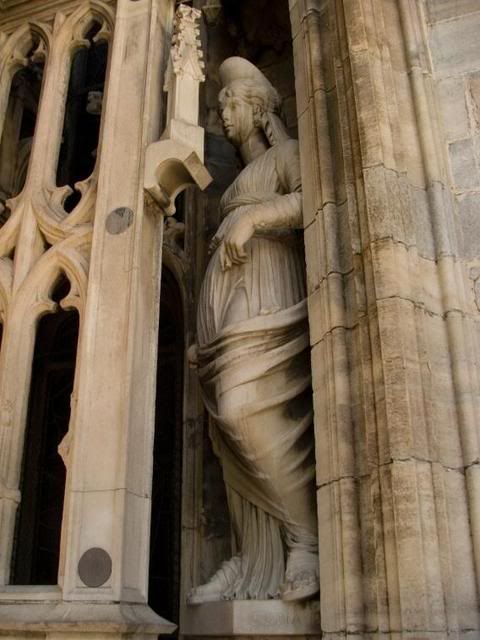
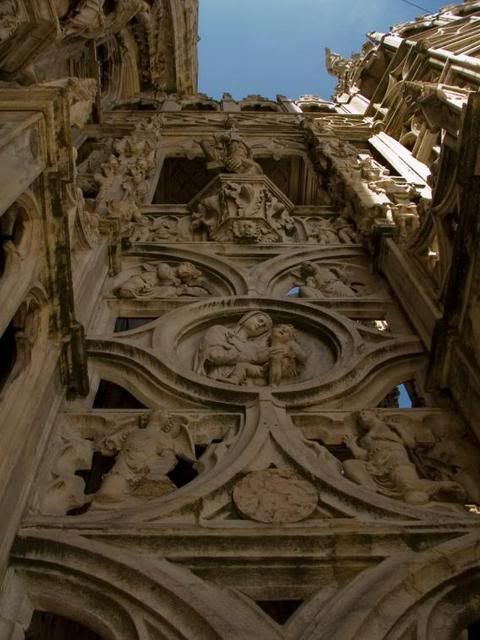
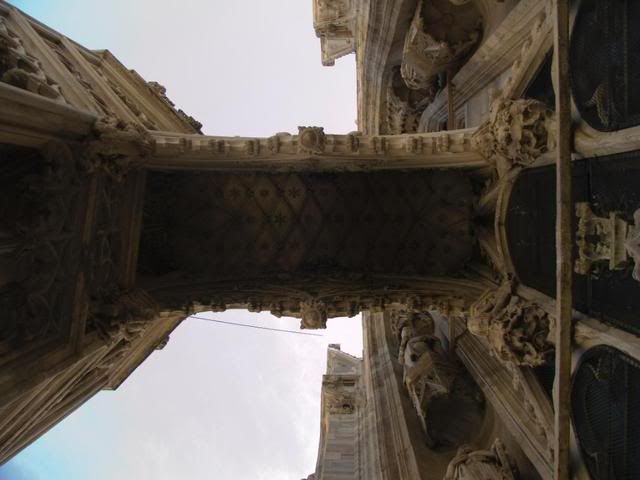
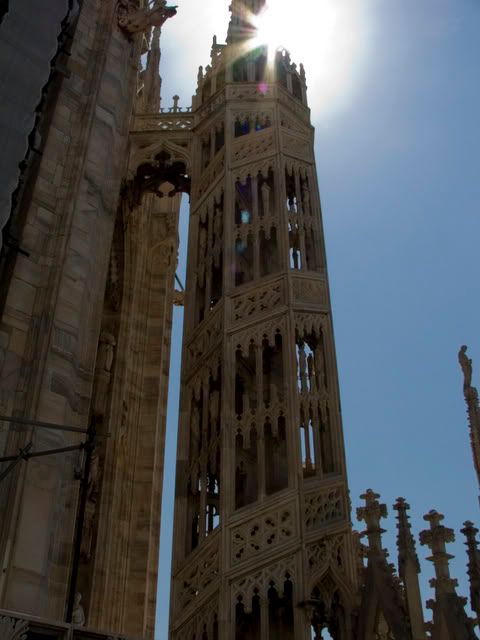

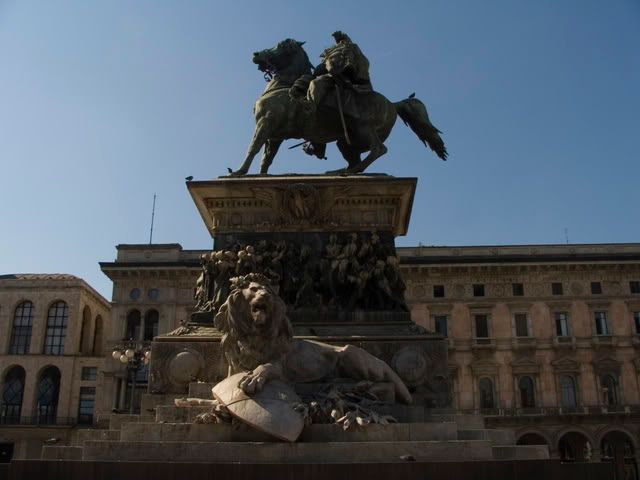

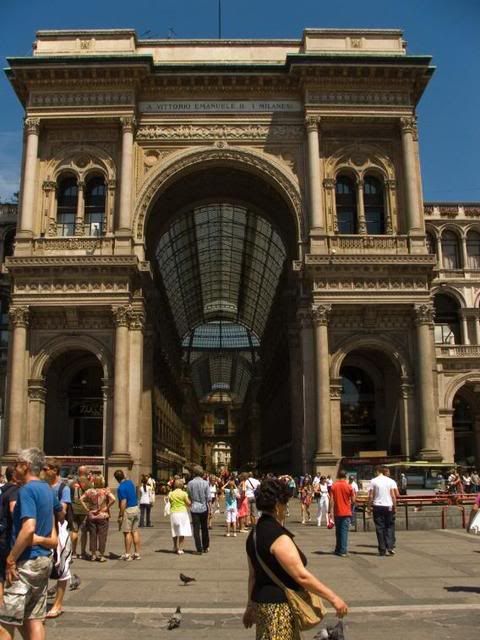
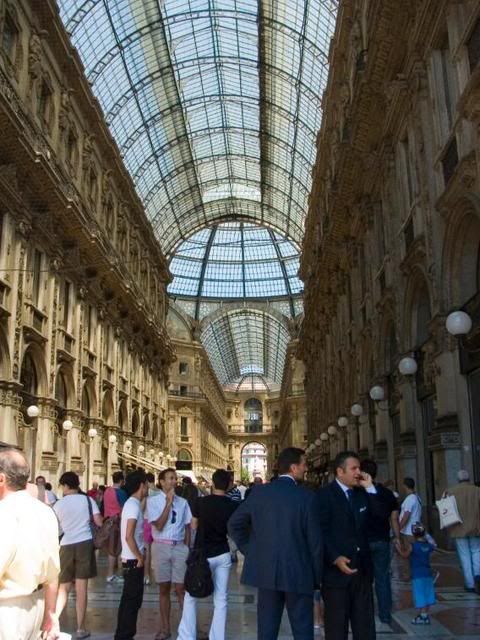
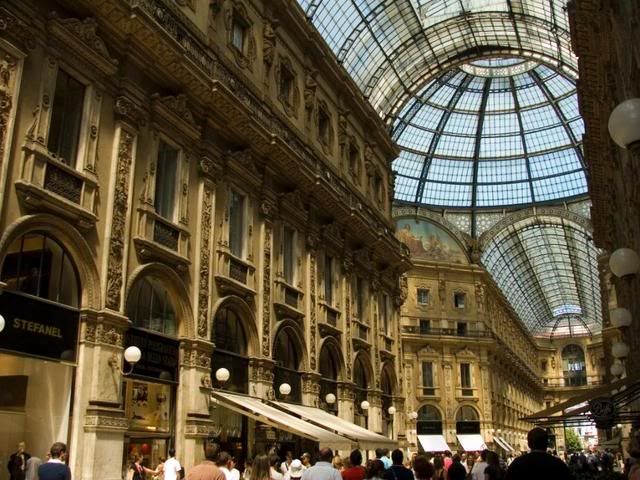
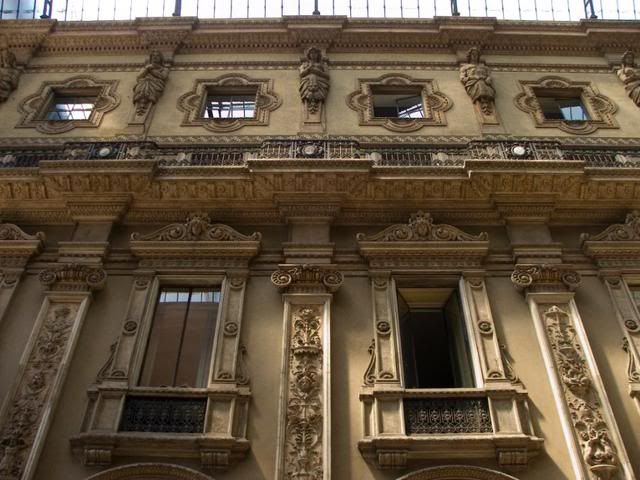
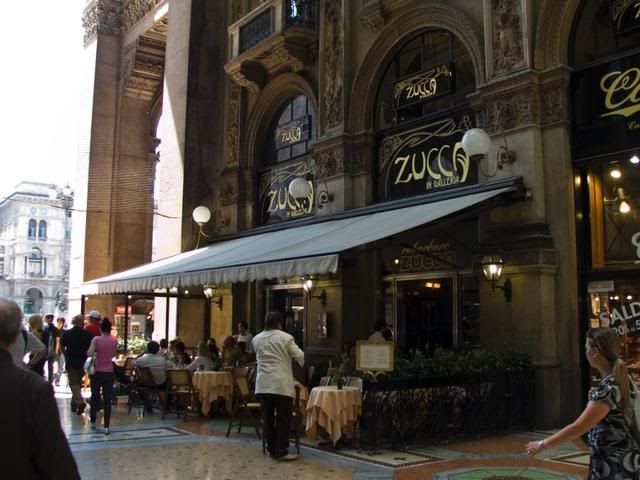
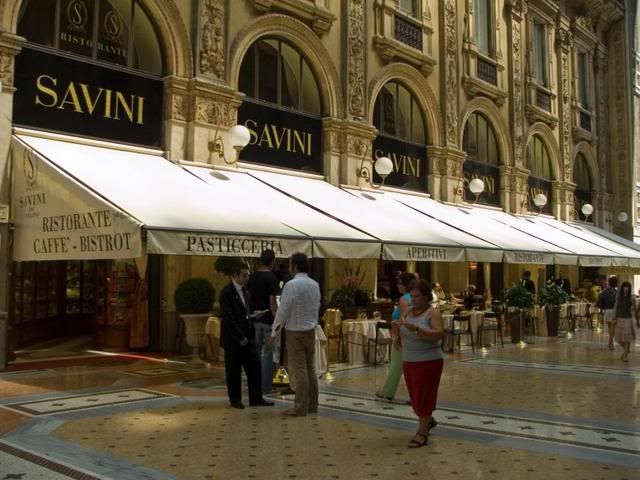

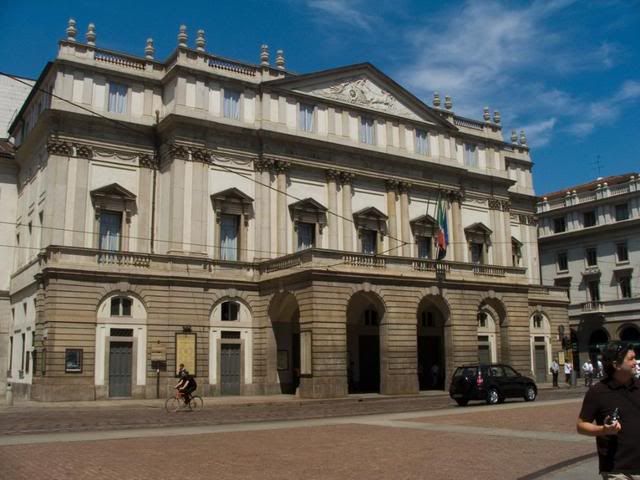
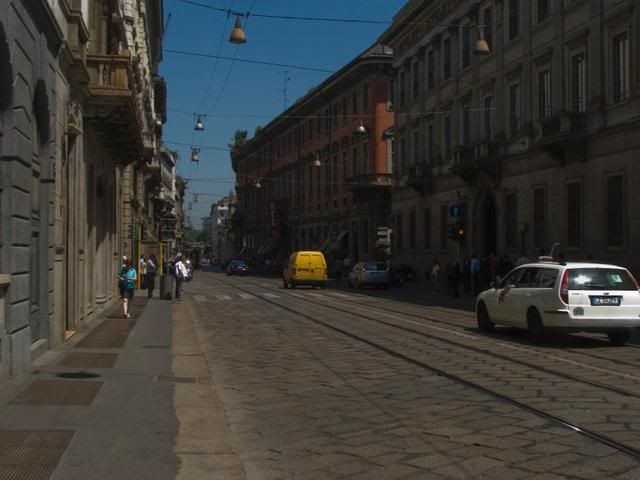
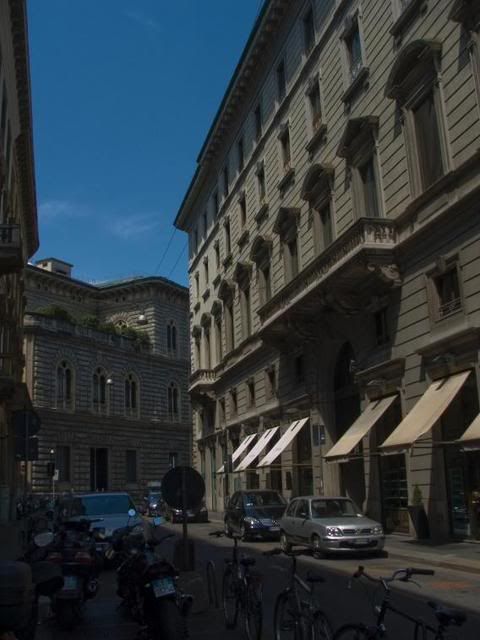



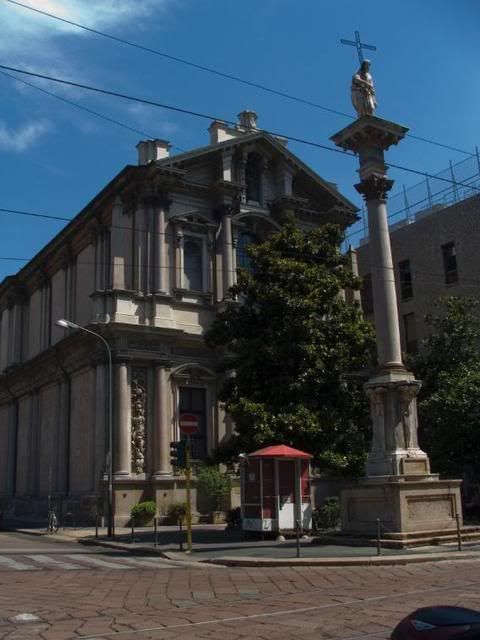

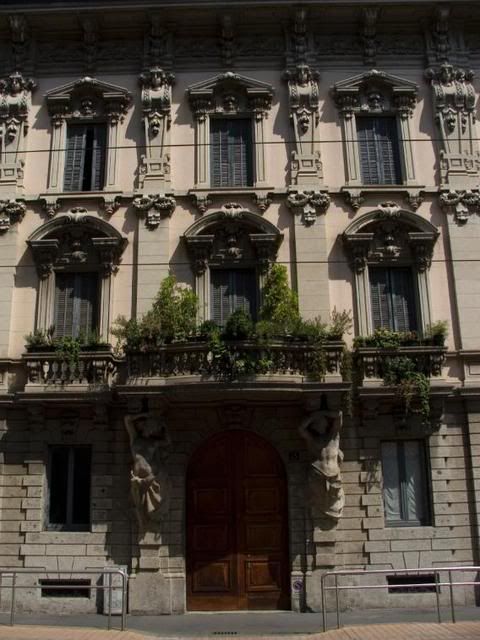

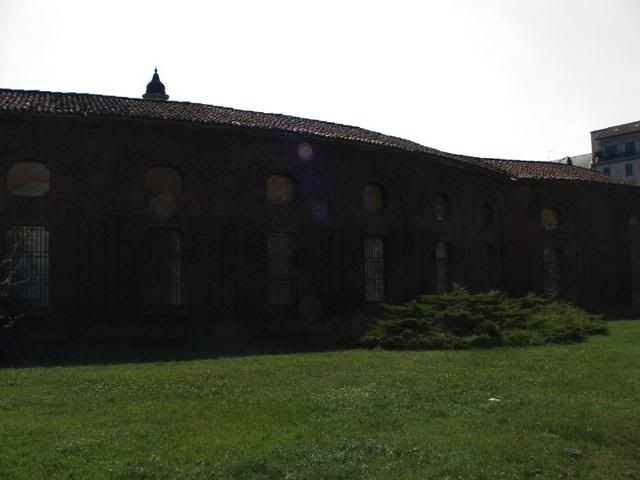
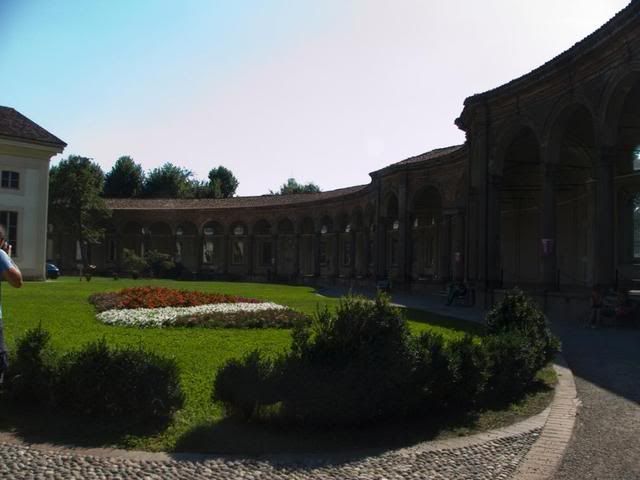

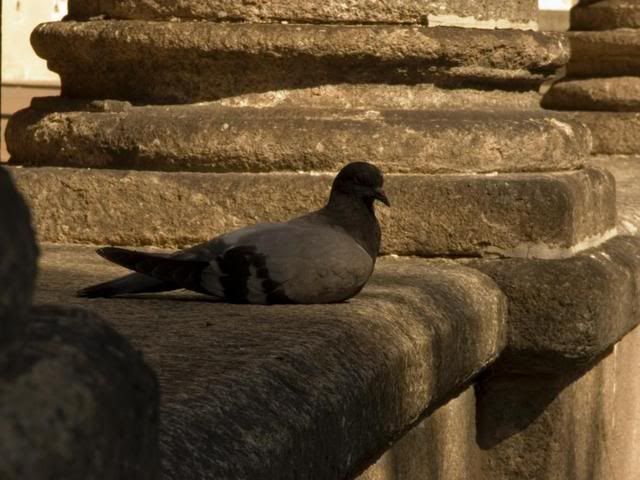

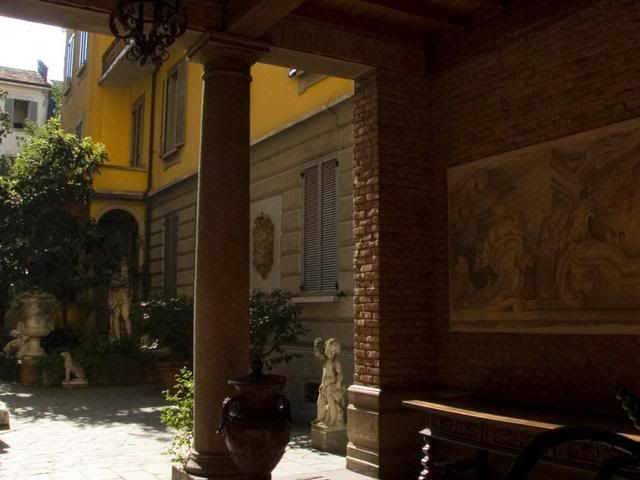
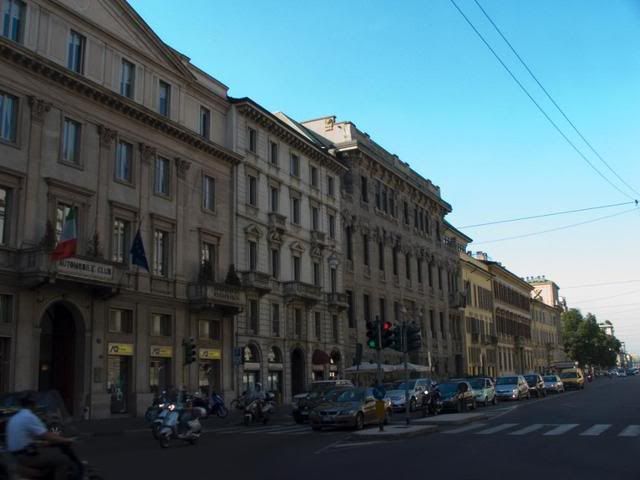
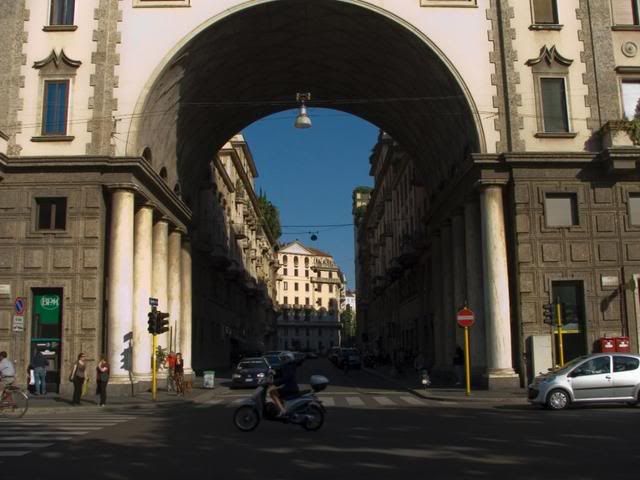
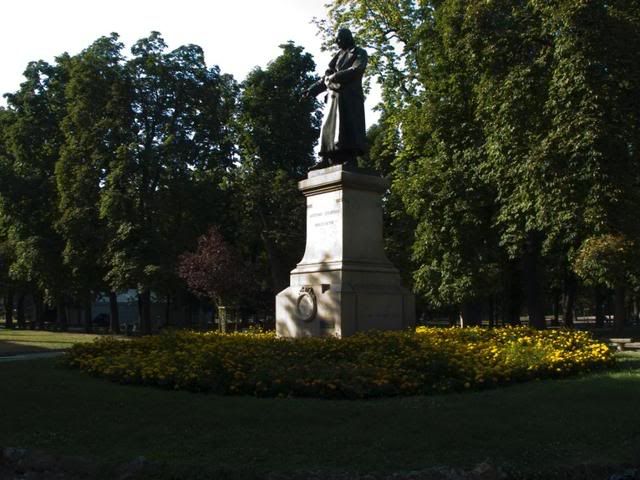
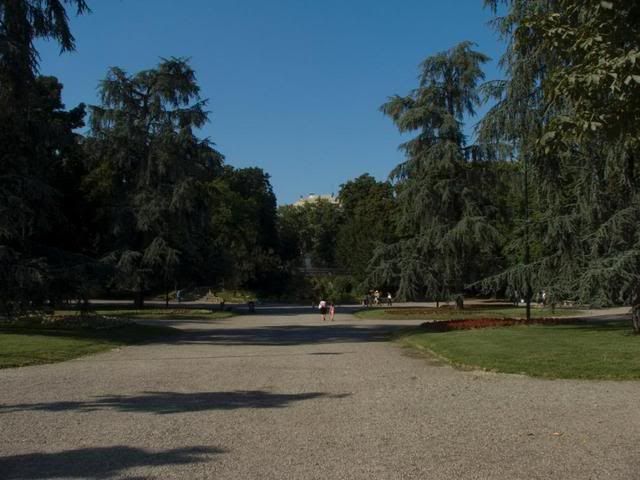


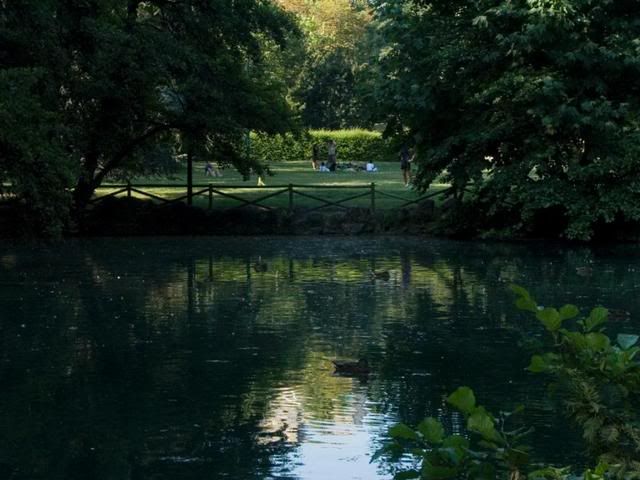
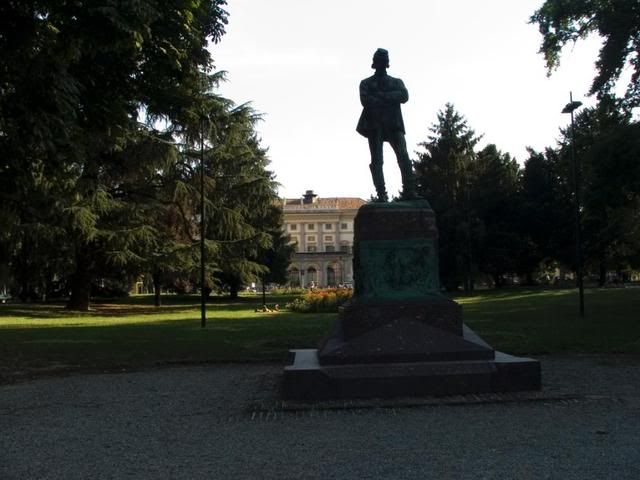
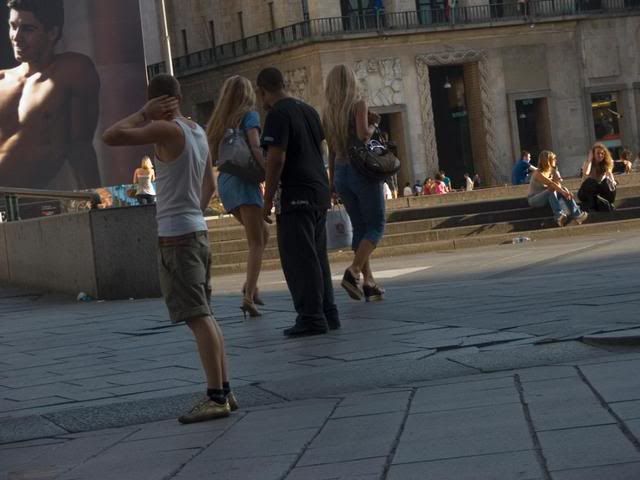
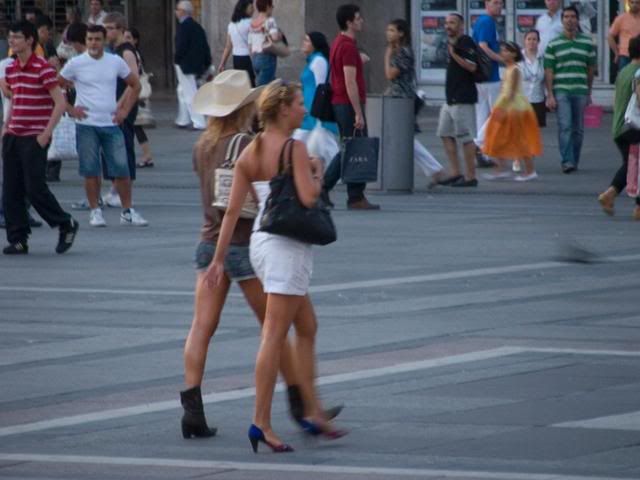
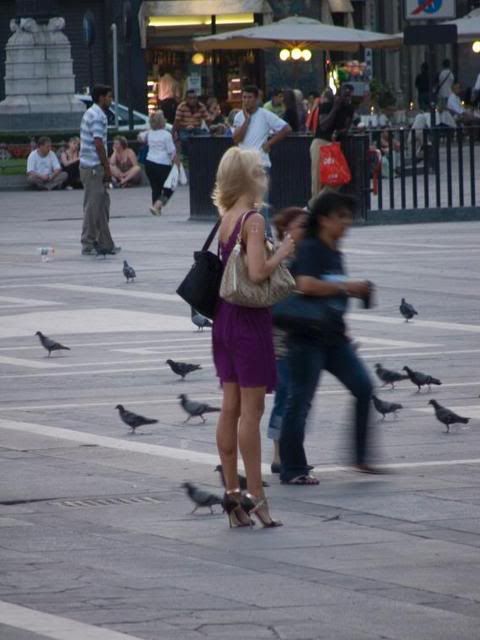
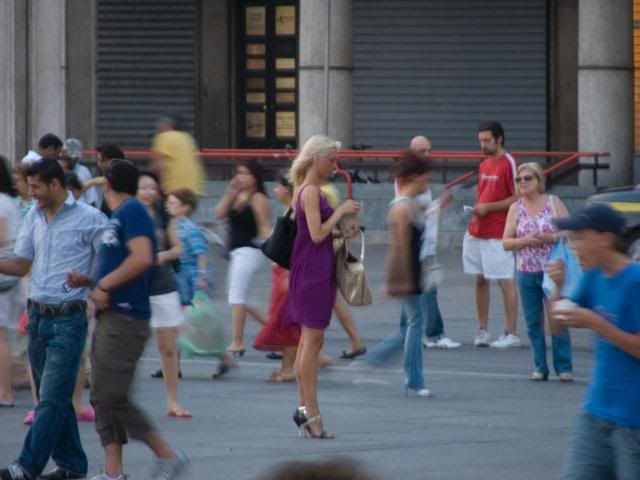
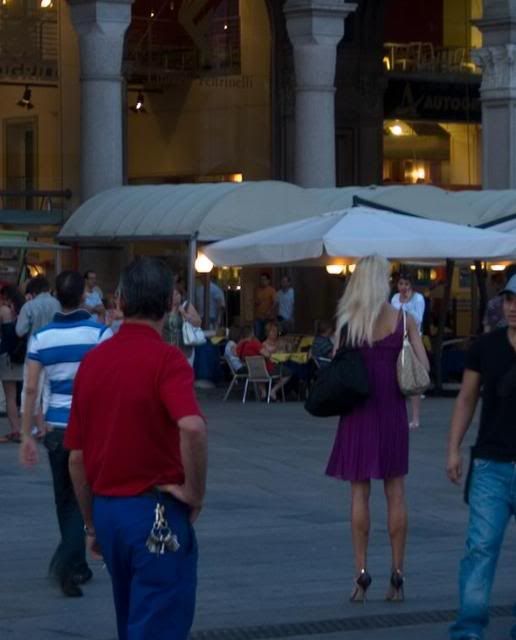
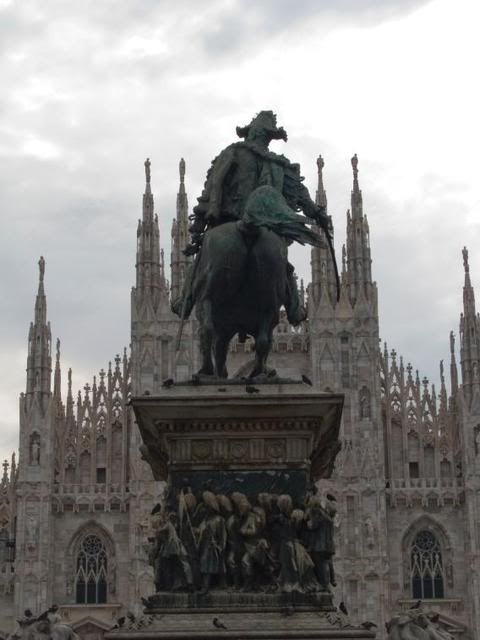
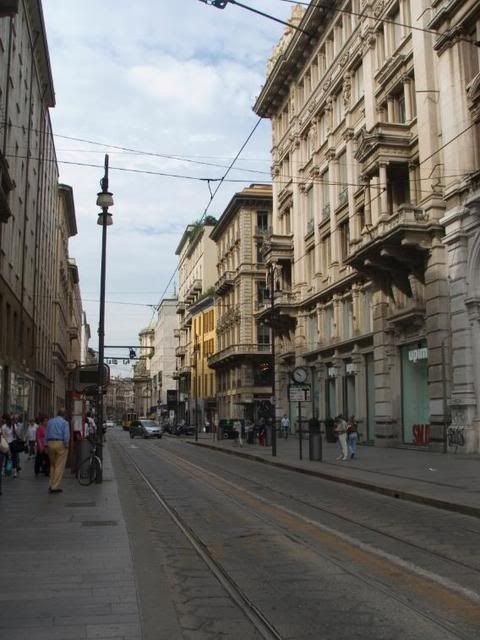
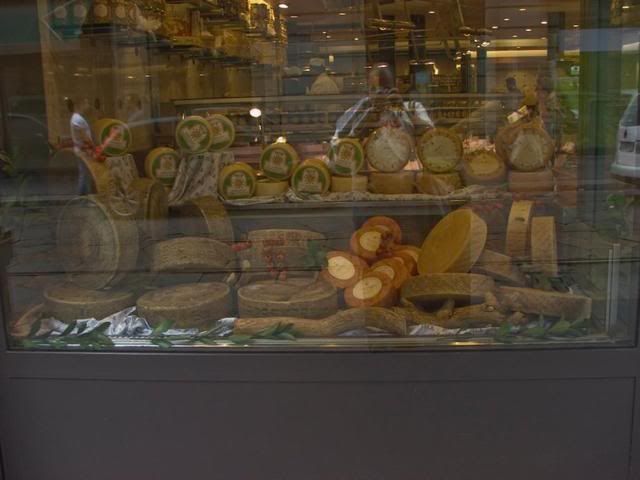
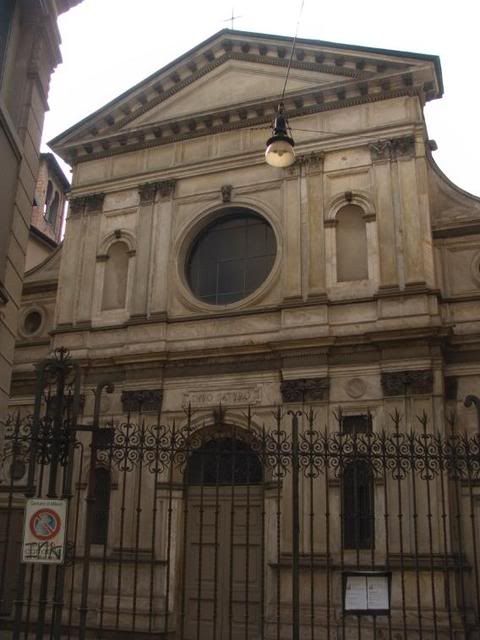
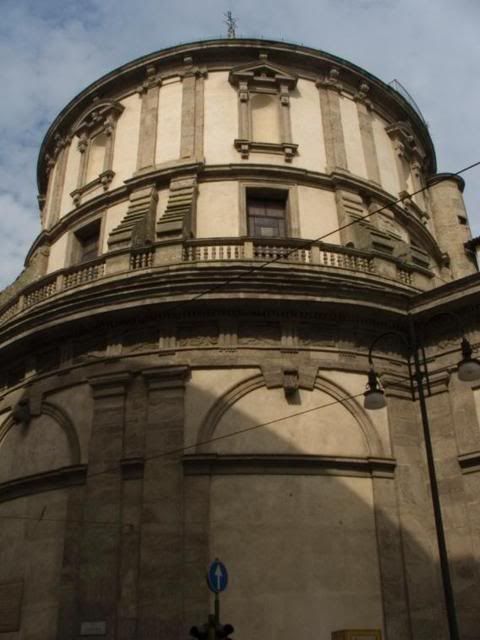
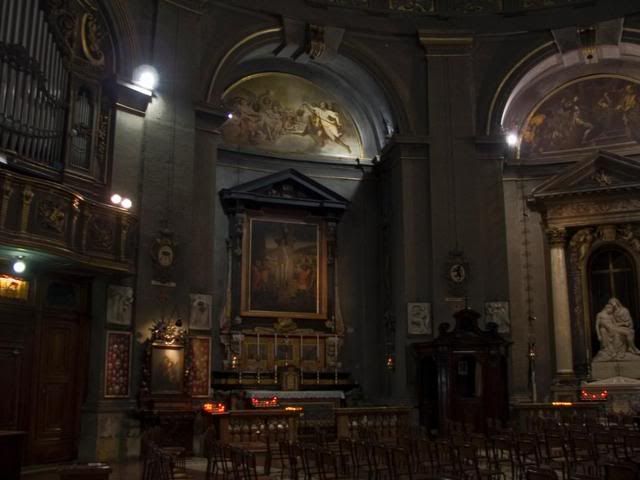
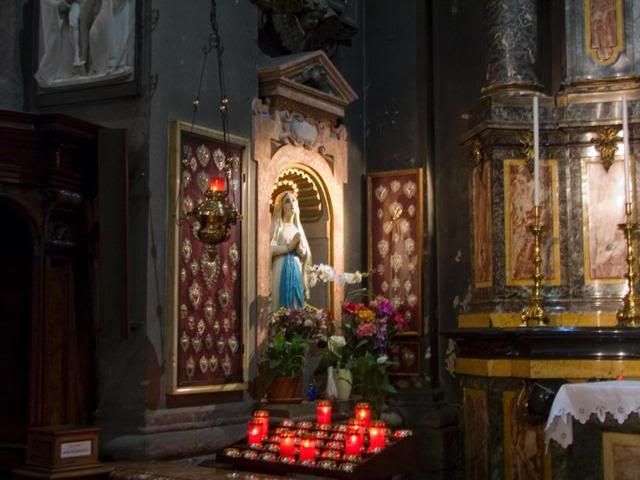
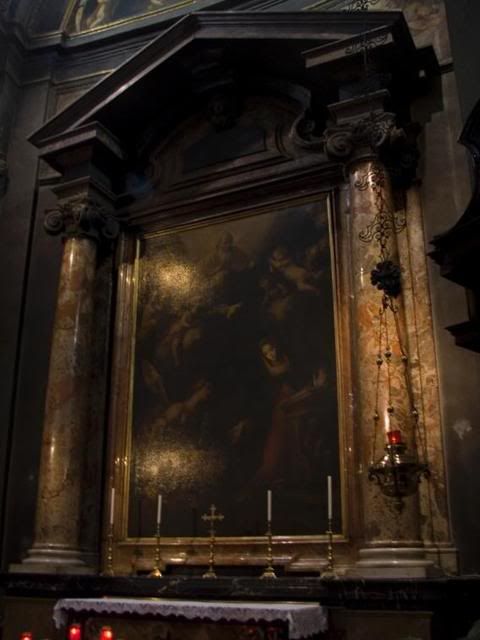
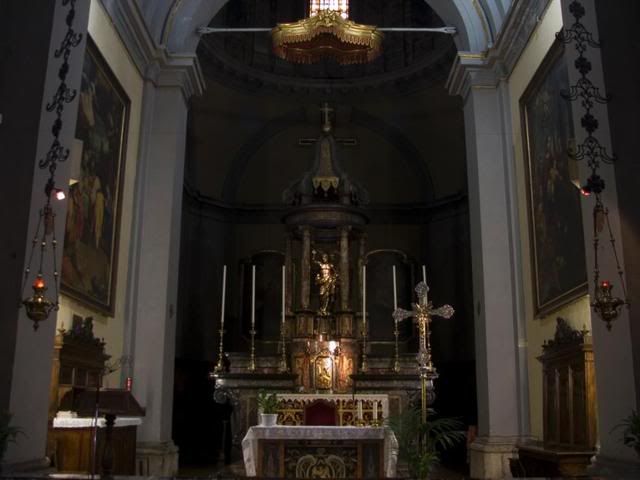
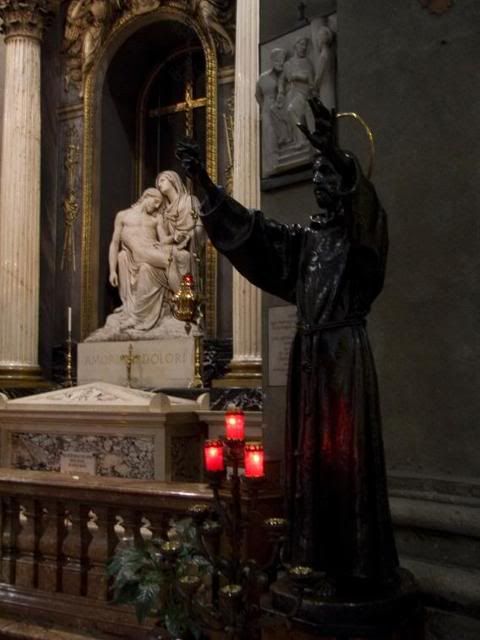

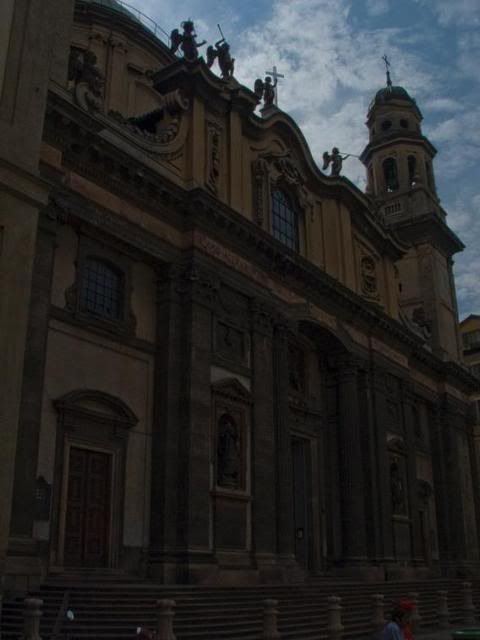

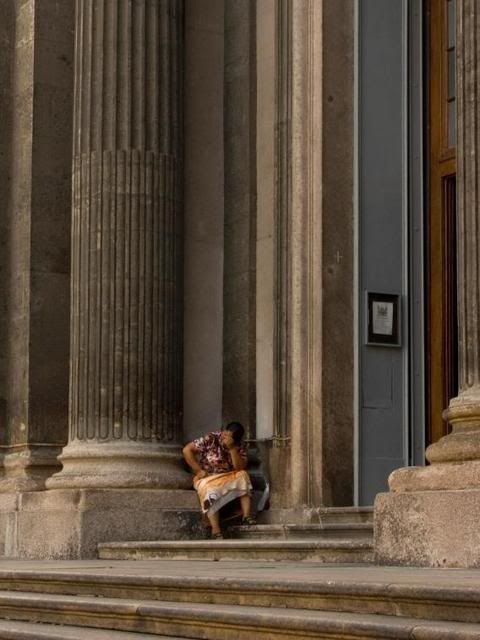
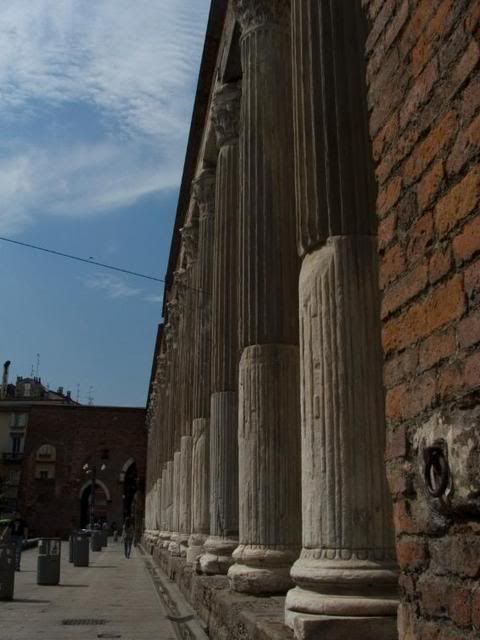


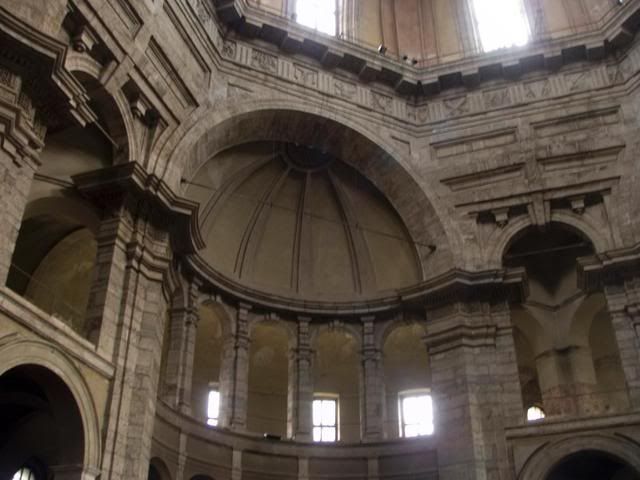


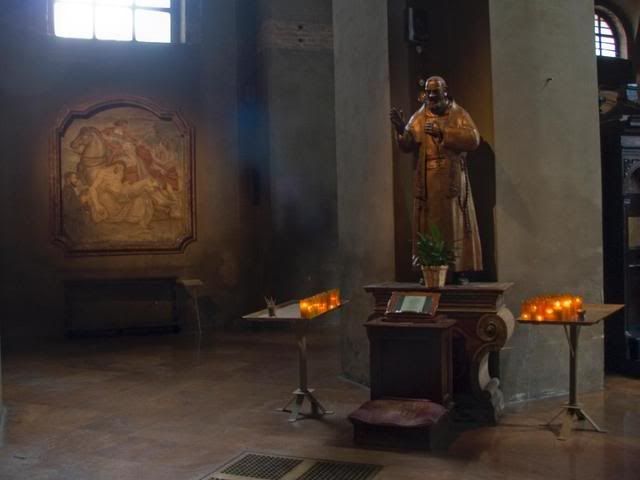

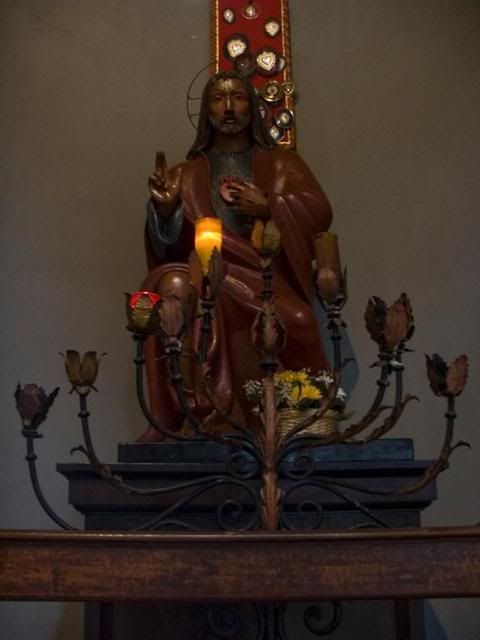
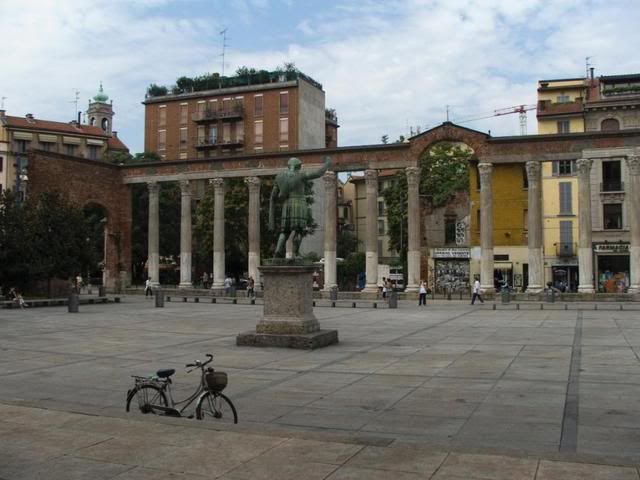
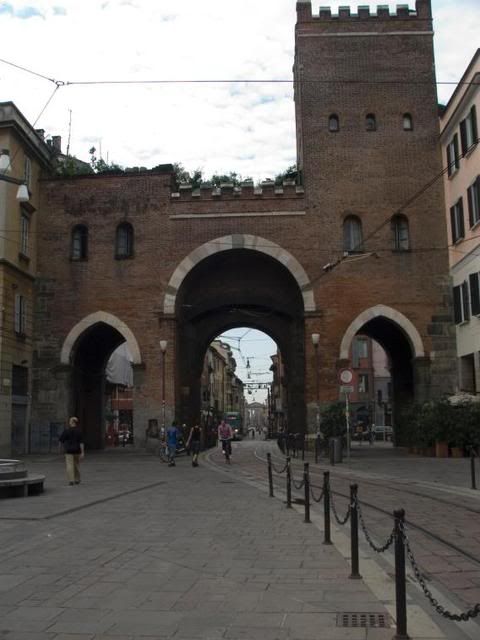
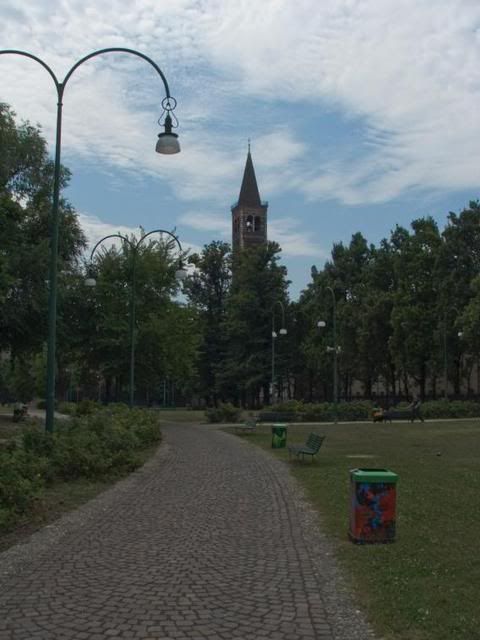
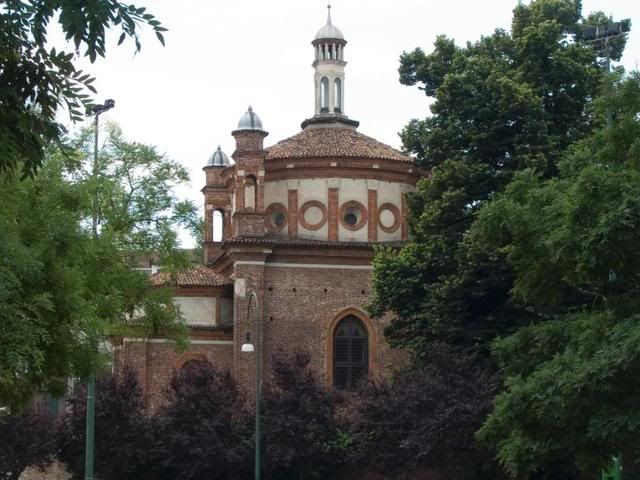
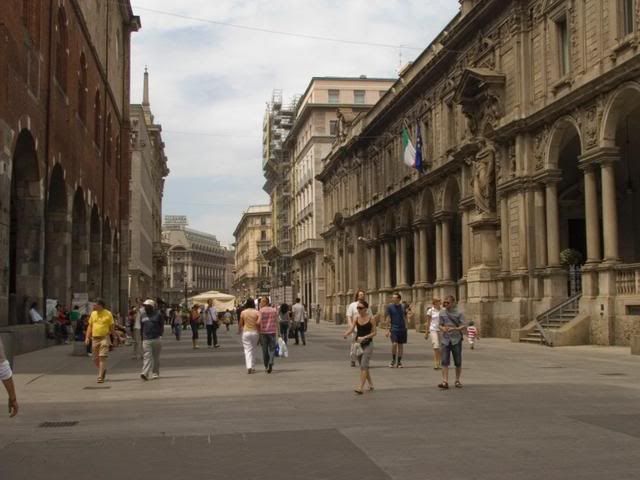

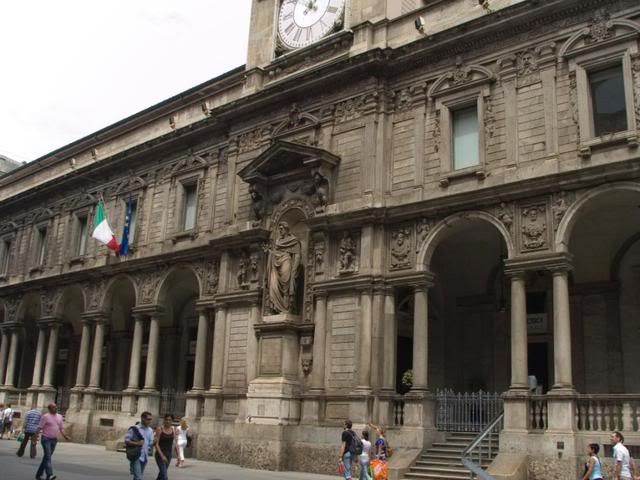

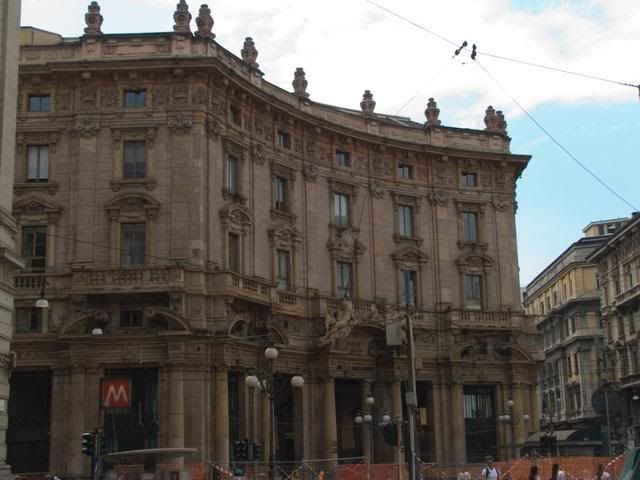
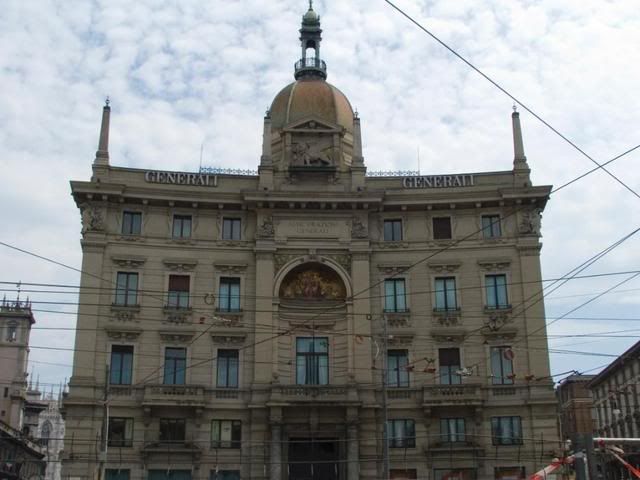


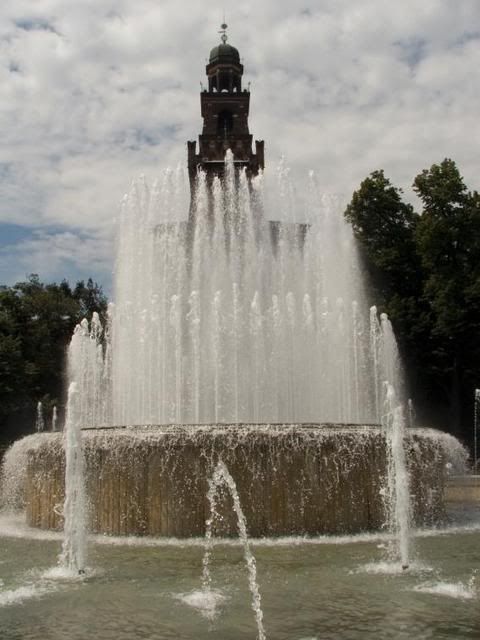
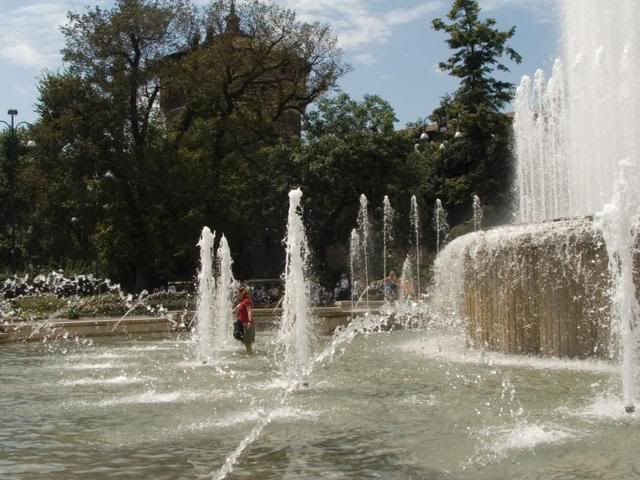
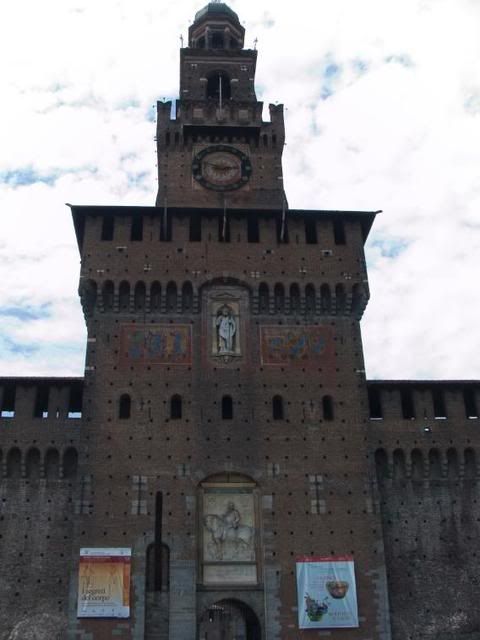
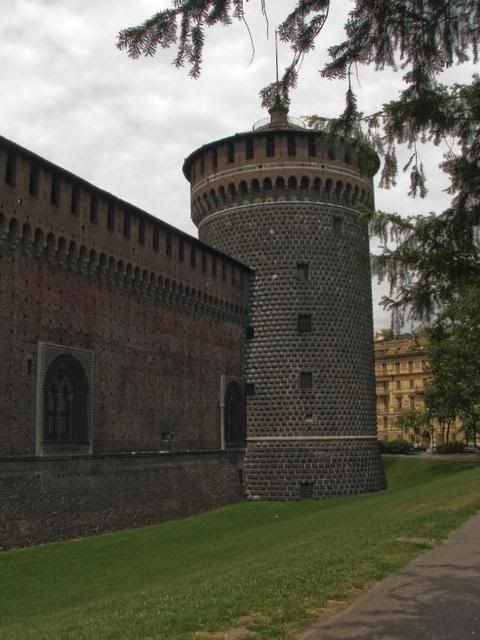
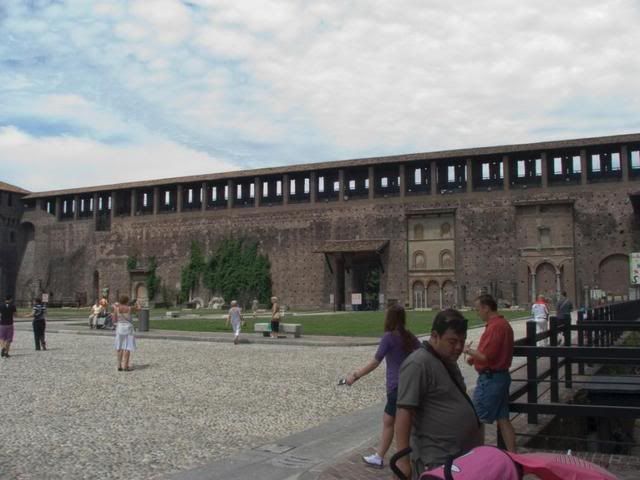


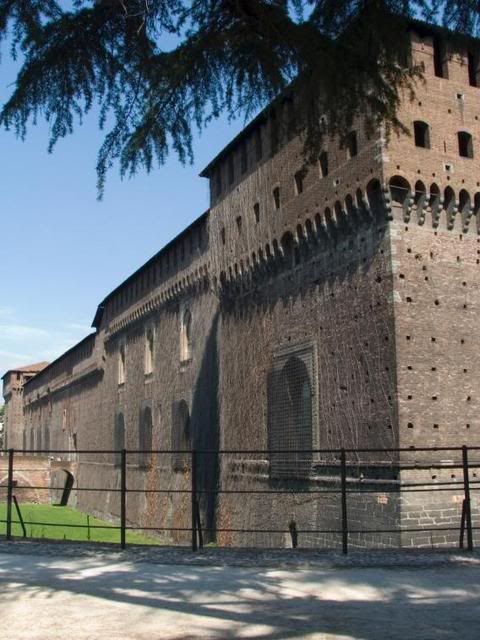


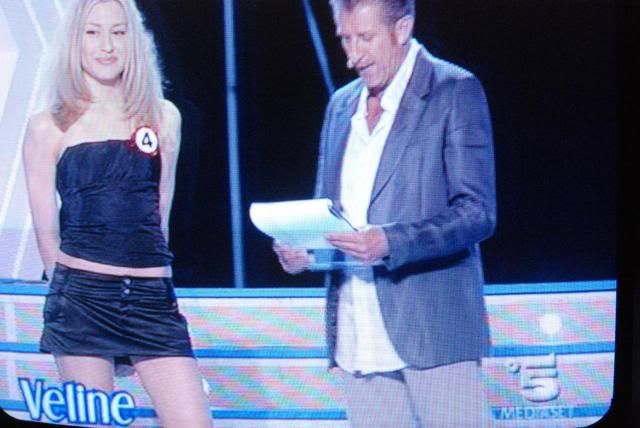

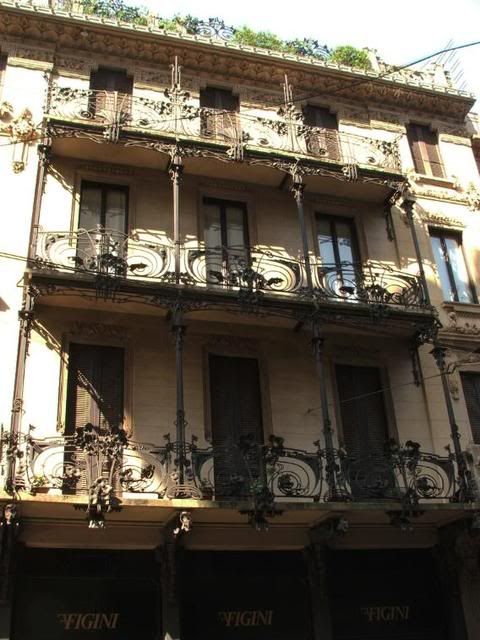


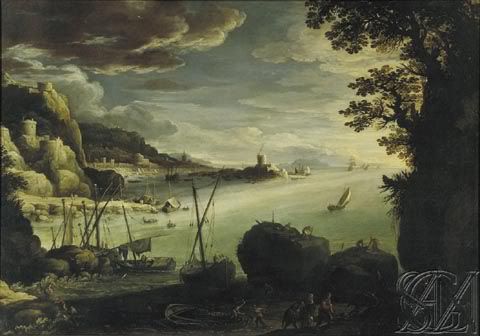

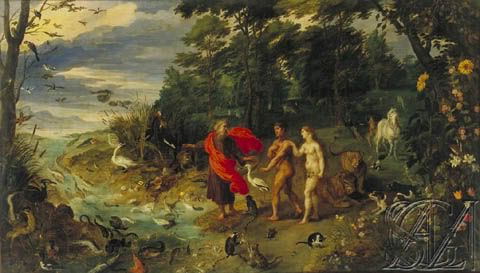
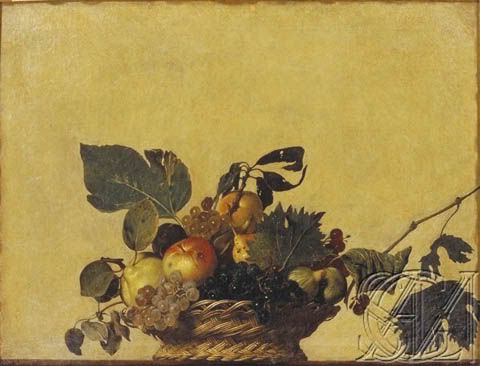

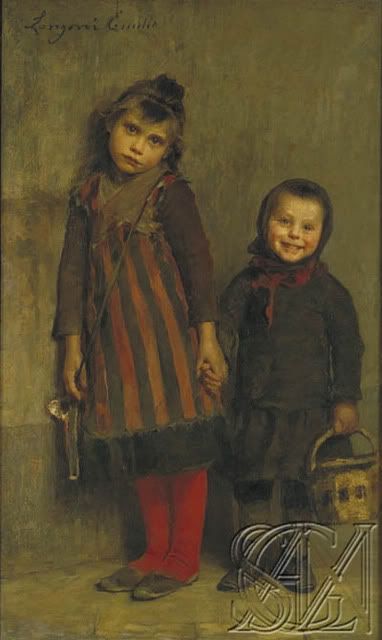
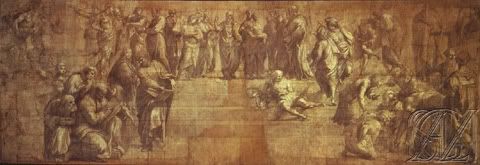
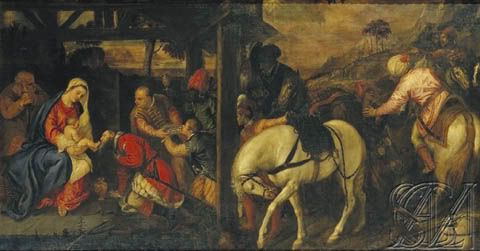
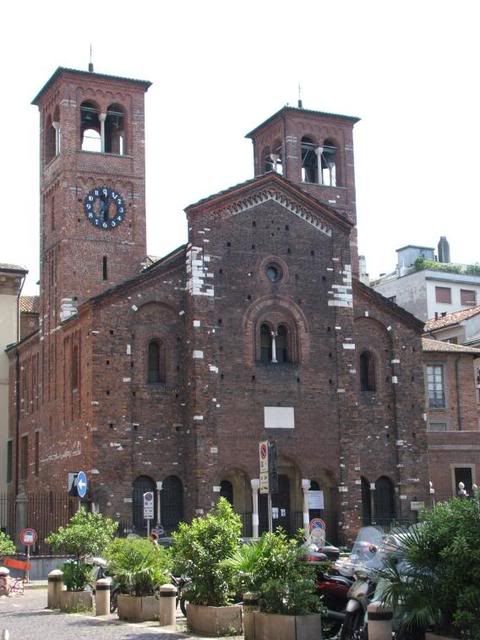

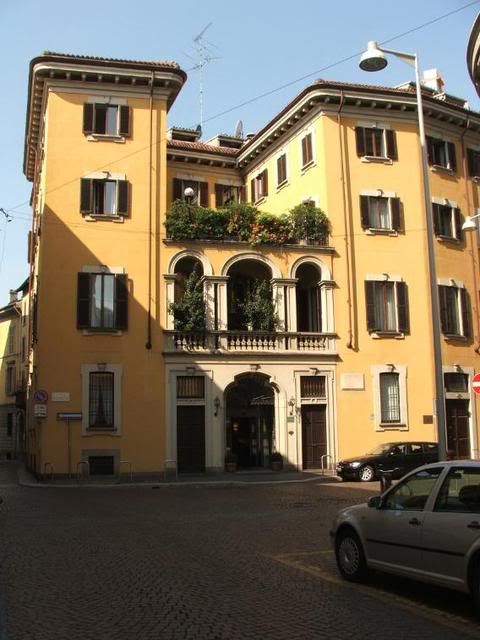
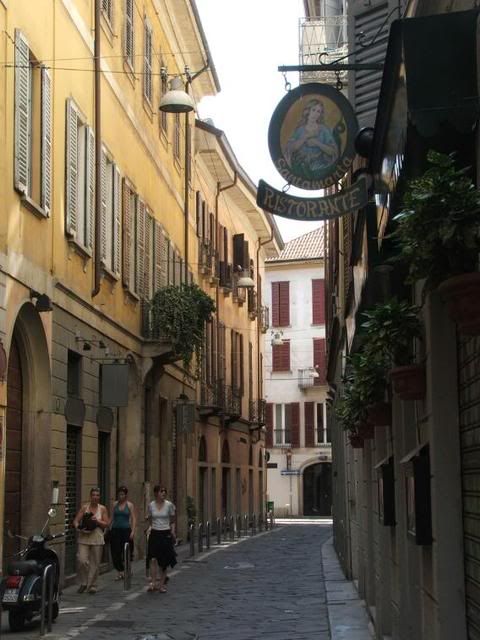
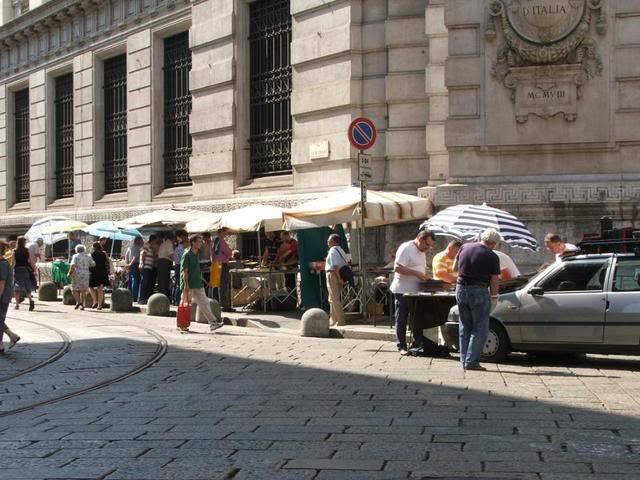
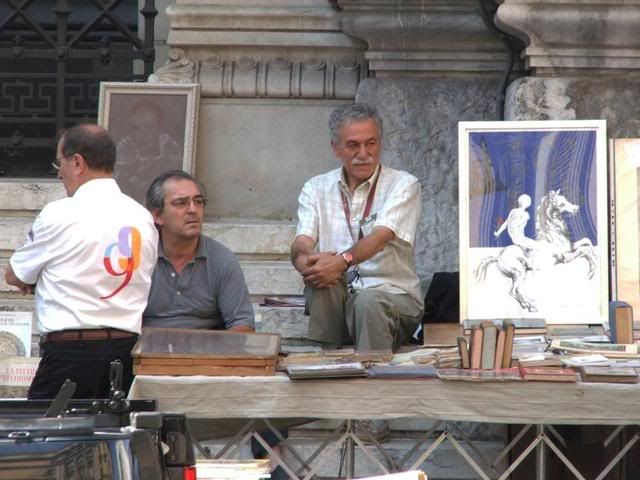

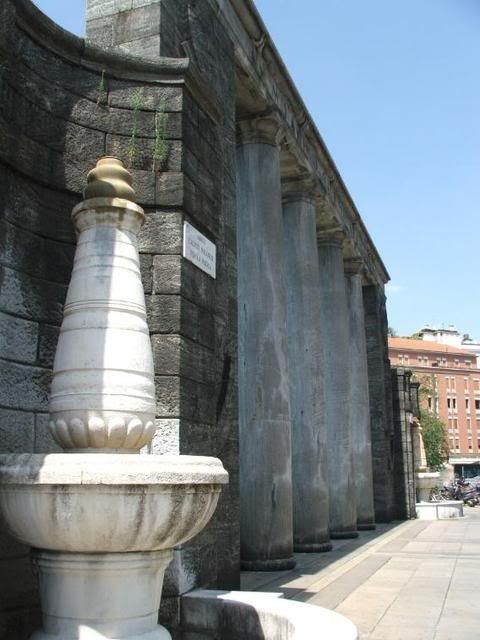
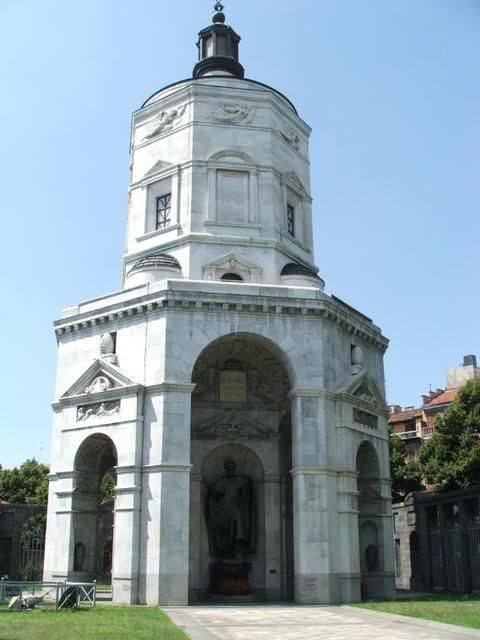

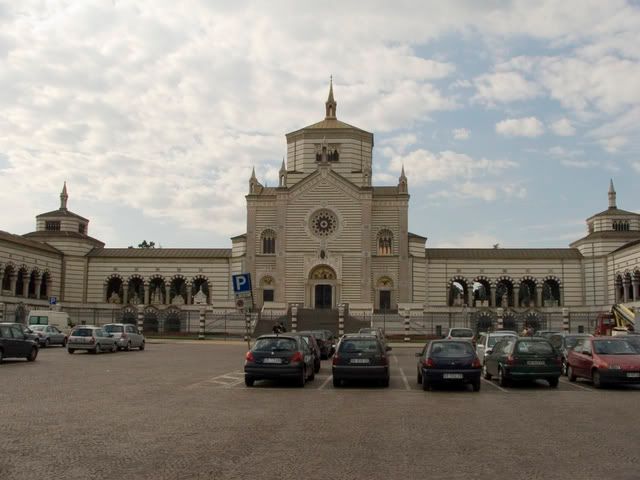


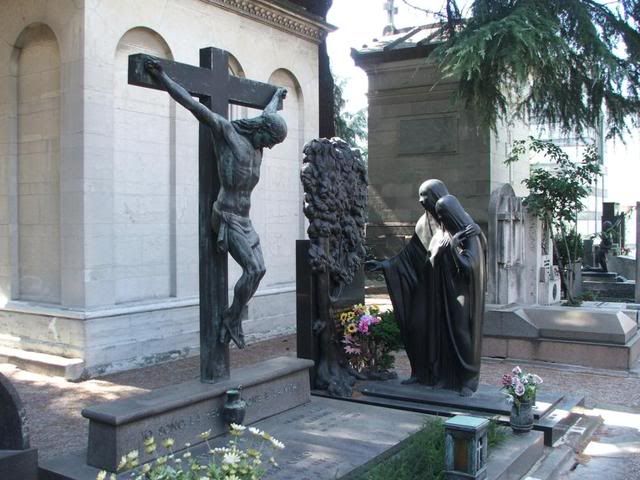
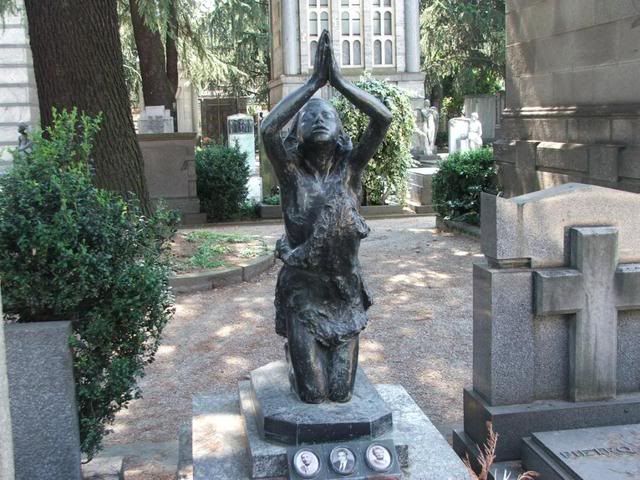
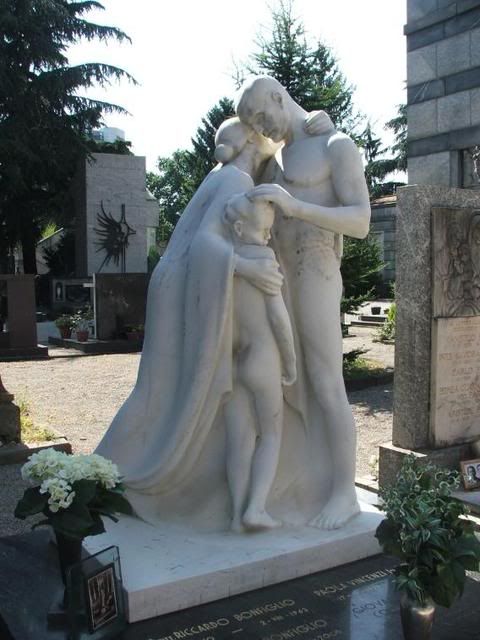
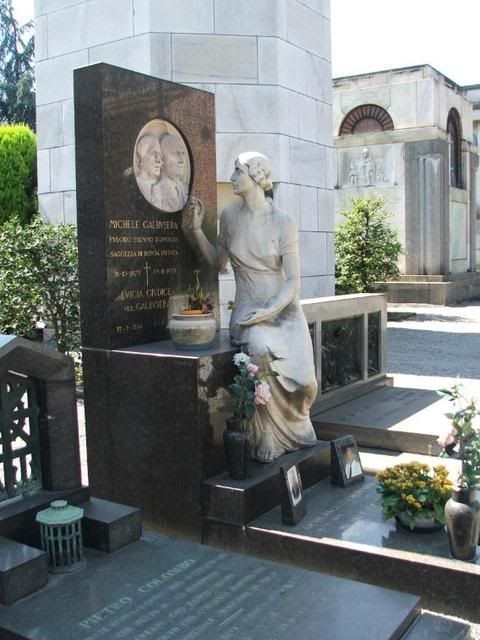
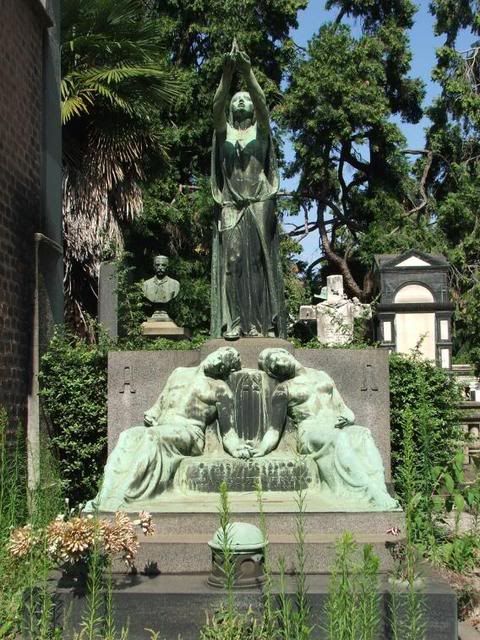


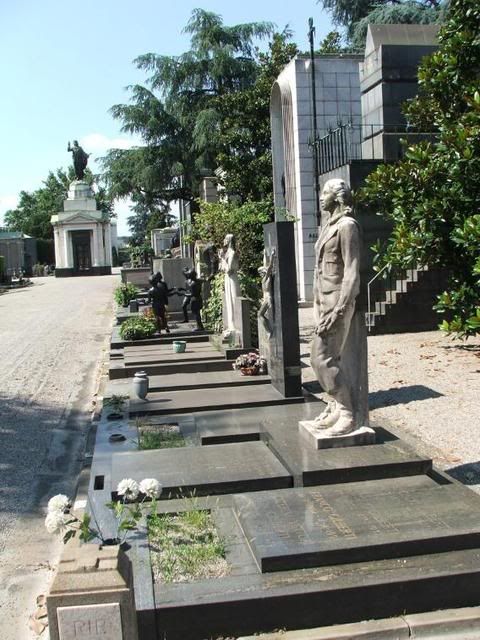
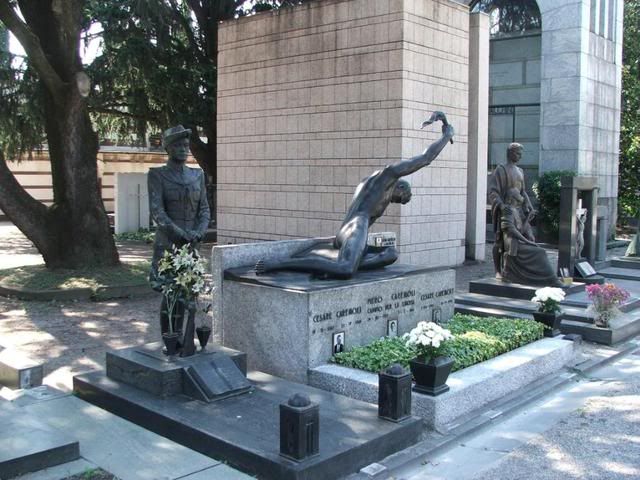

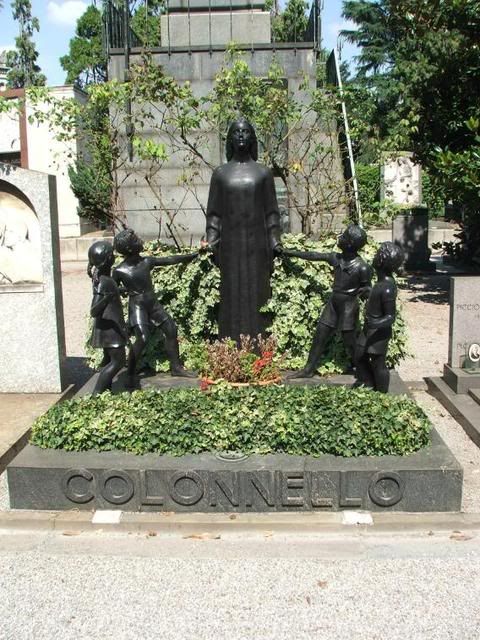
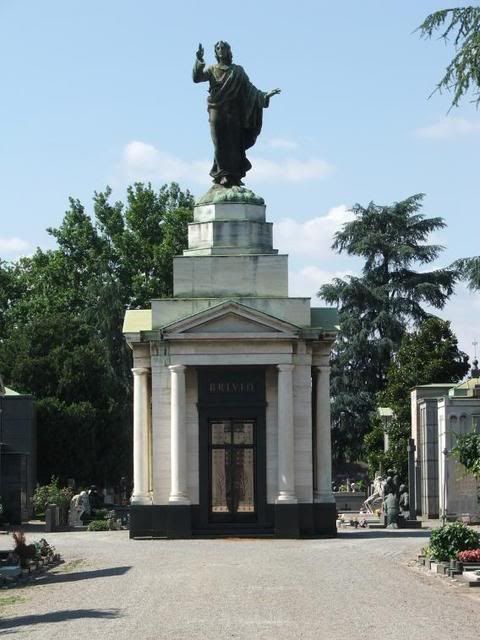
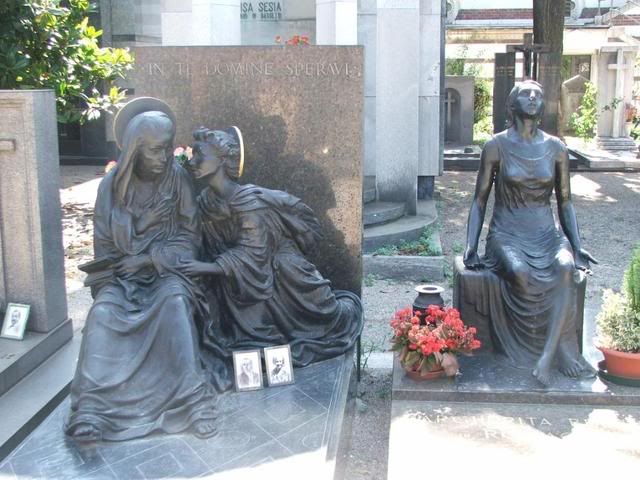

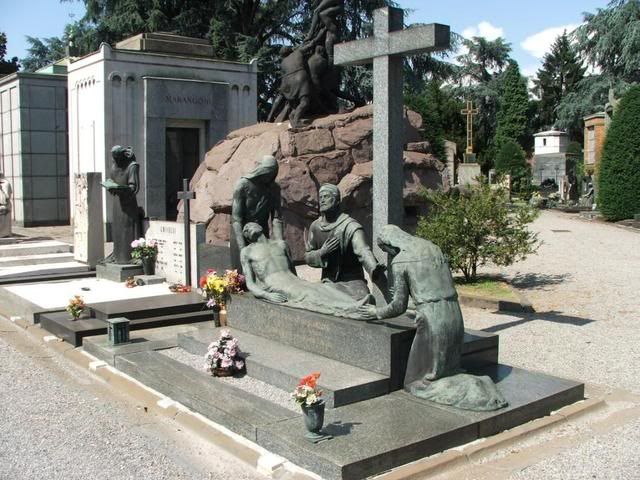
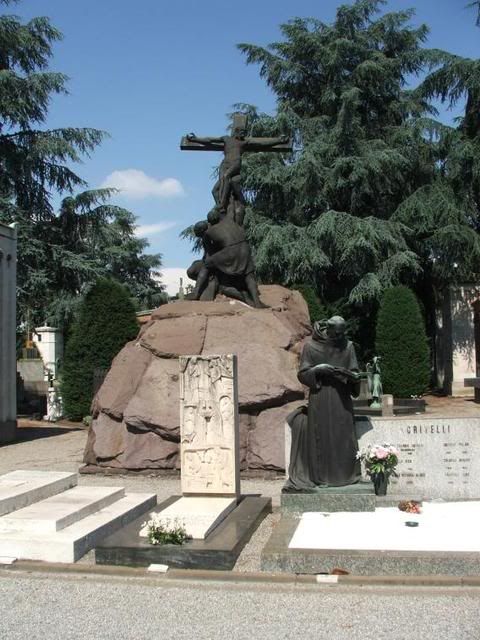

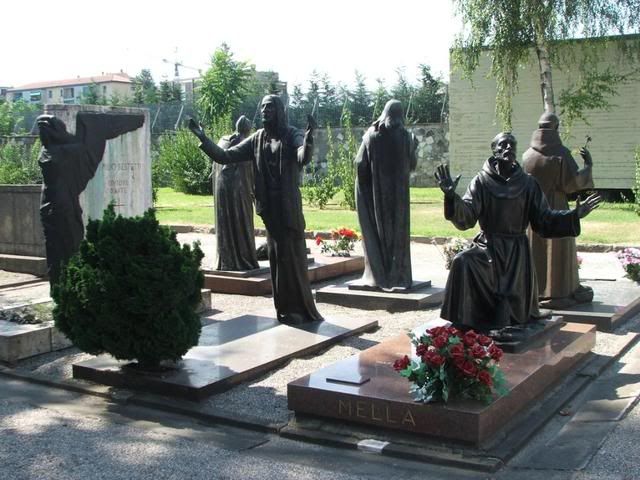


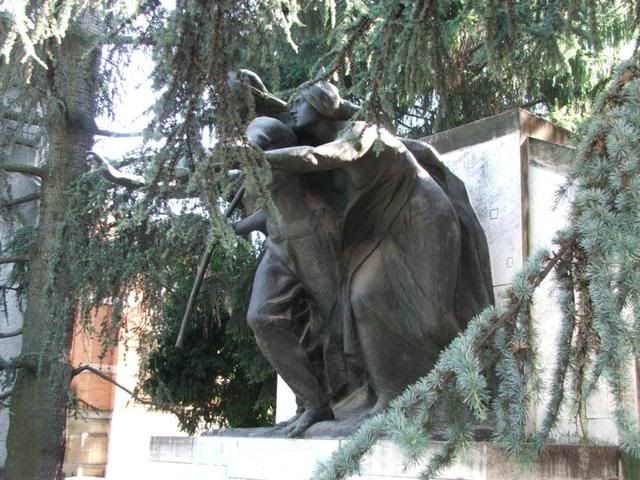
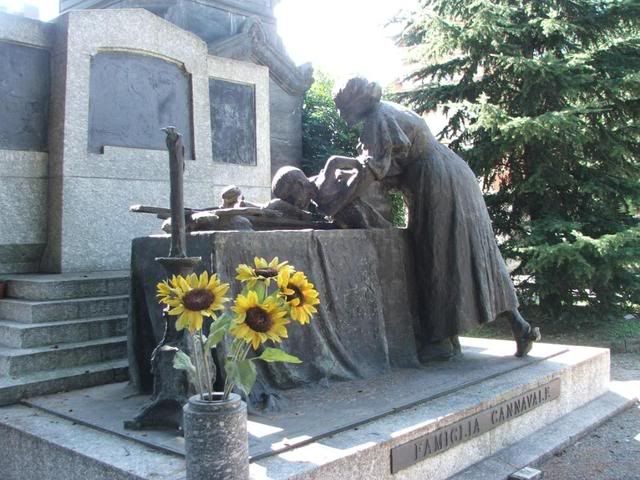
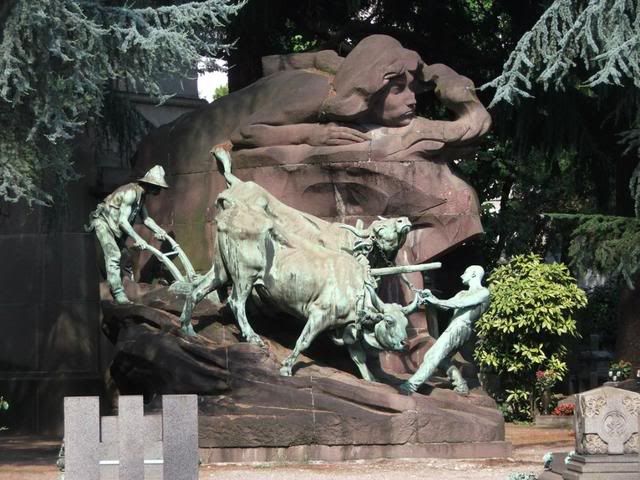
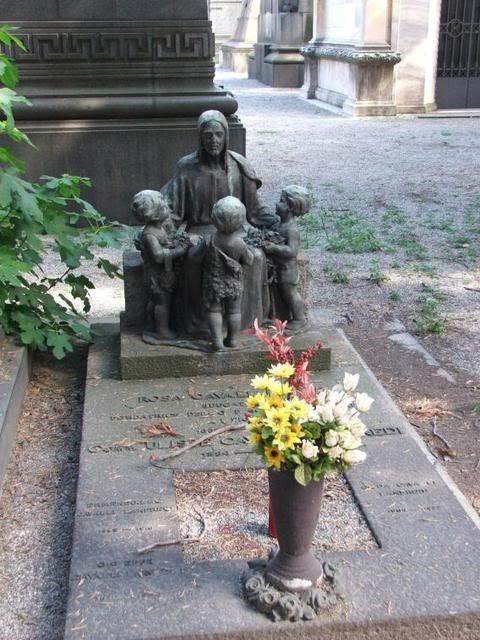
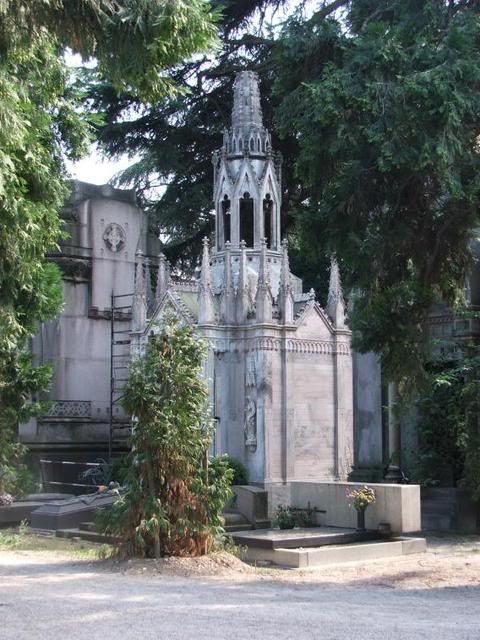
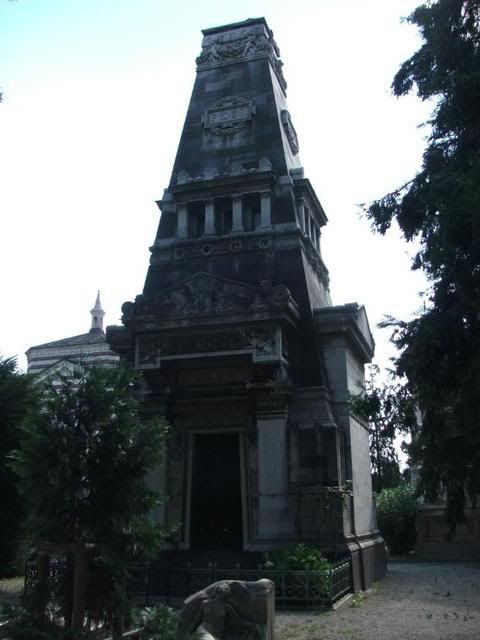
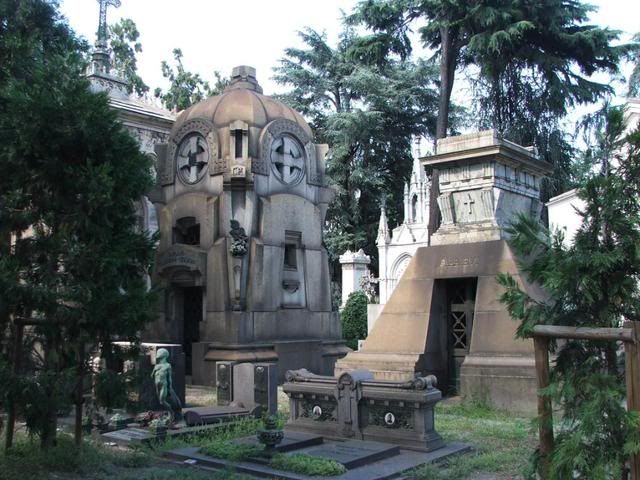


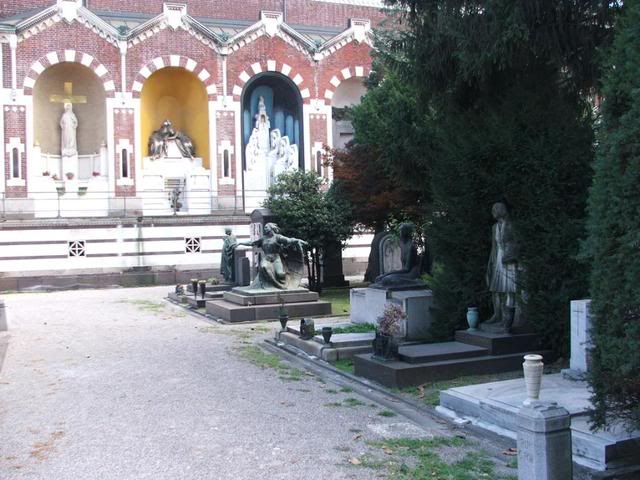



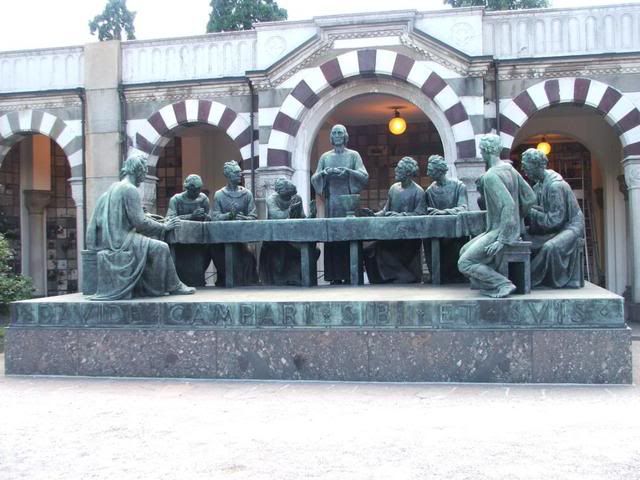
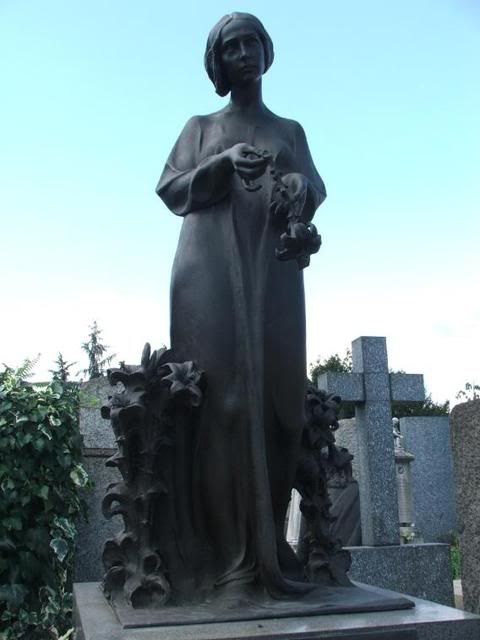
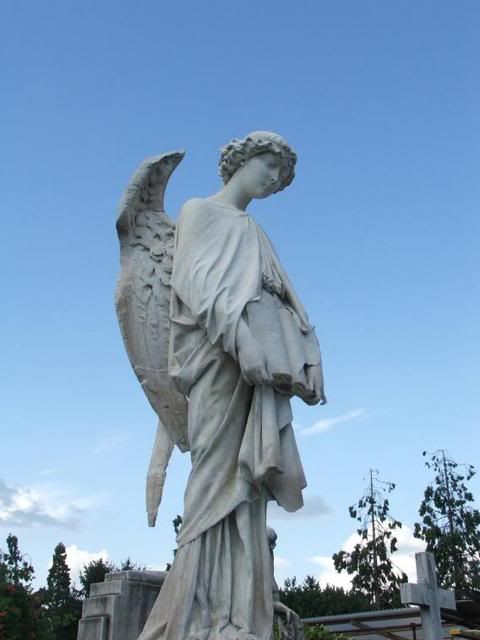
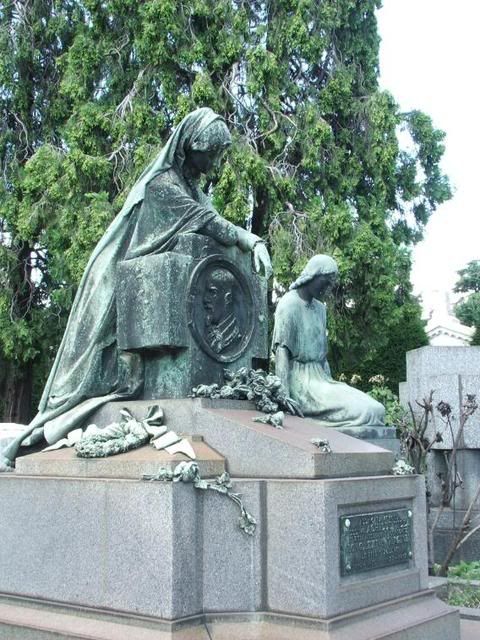
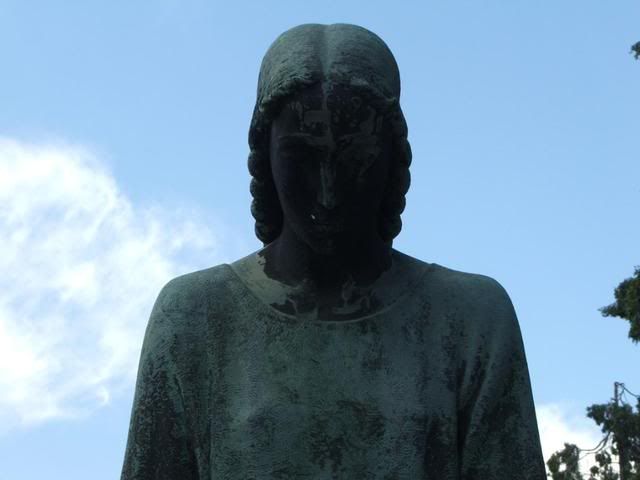
No comments:
Post a Comment